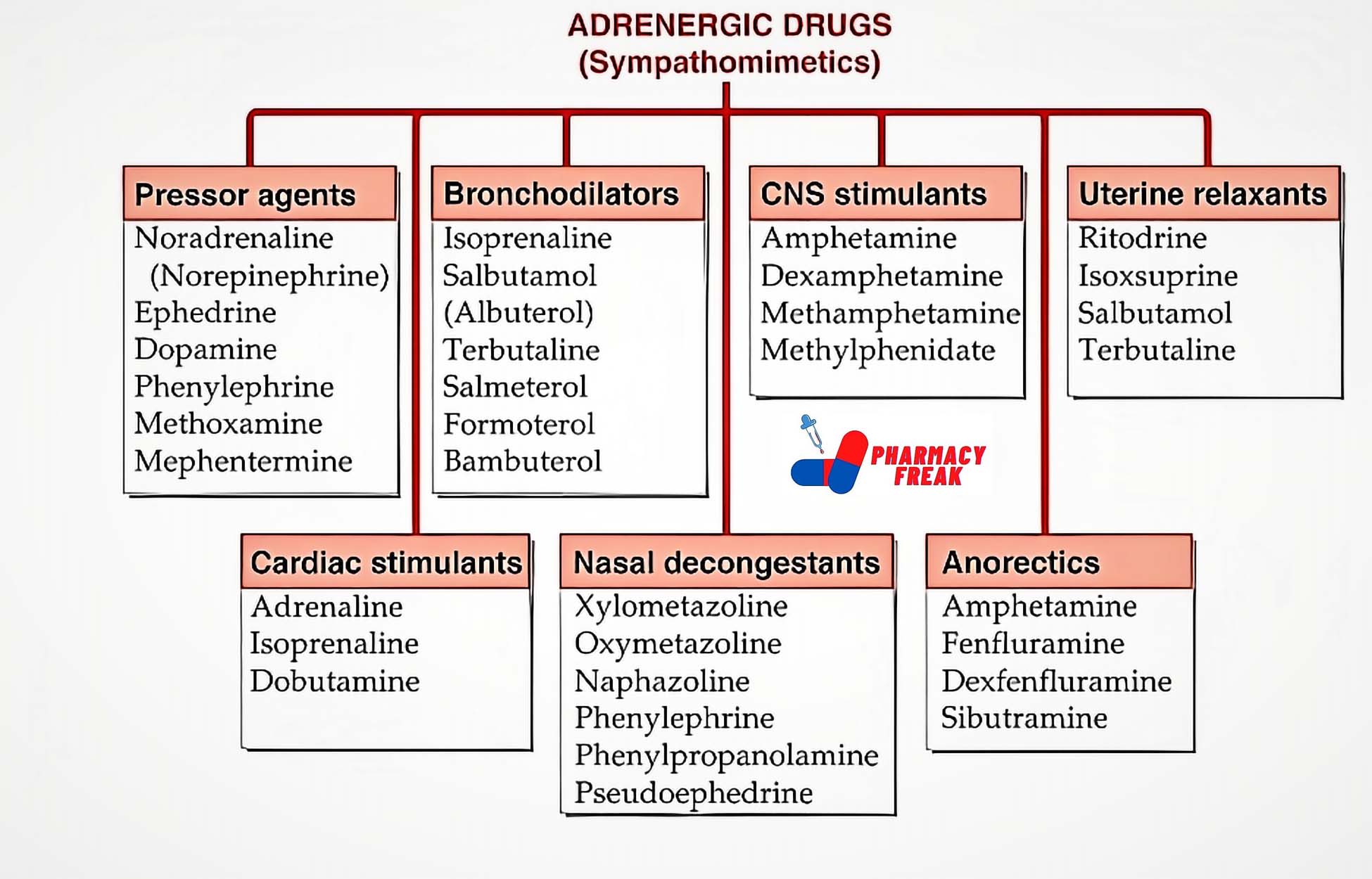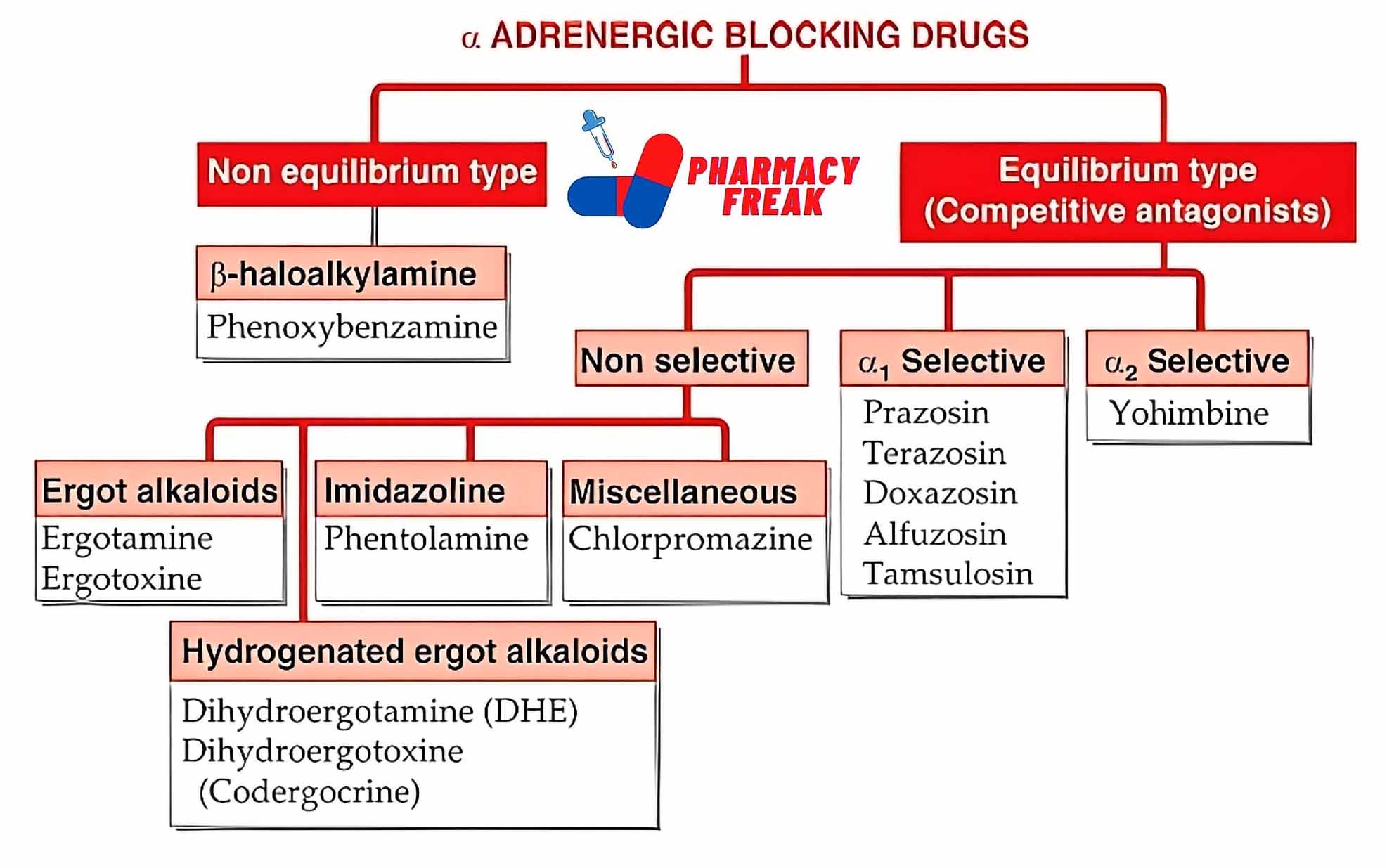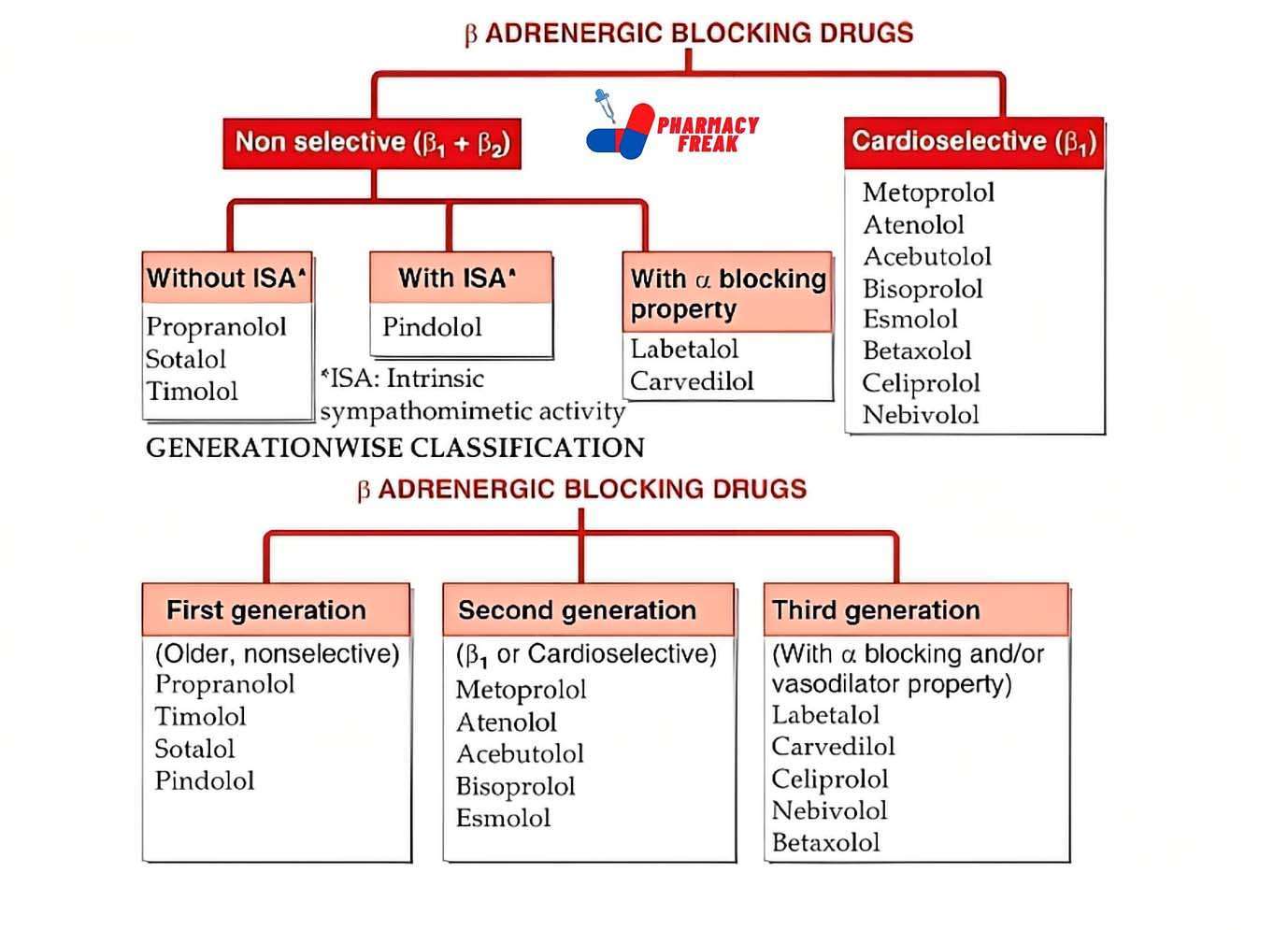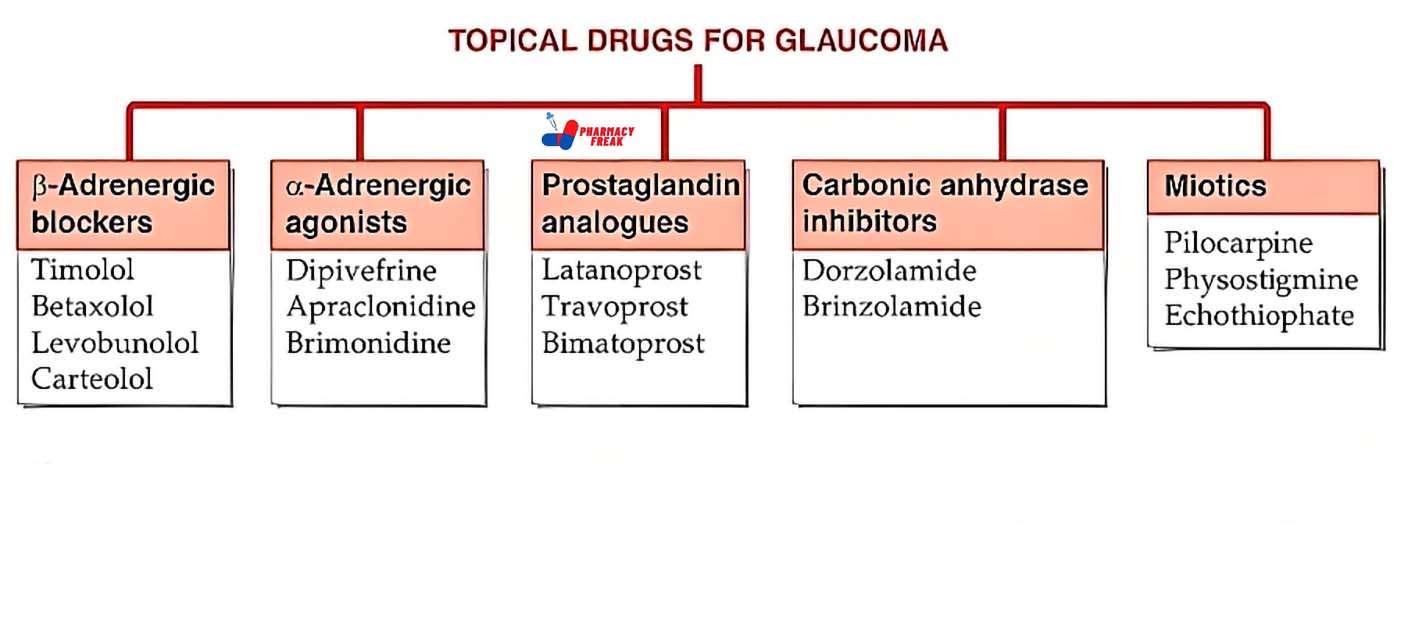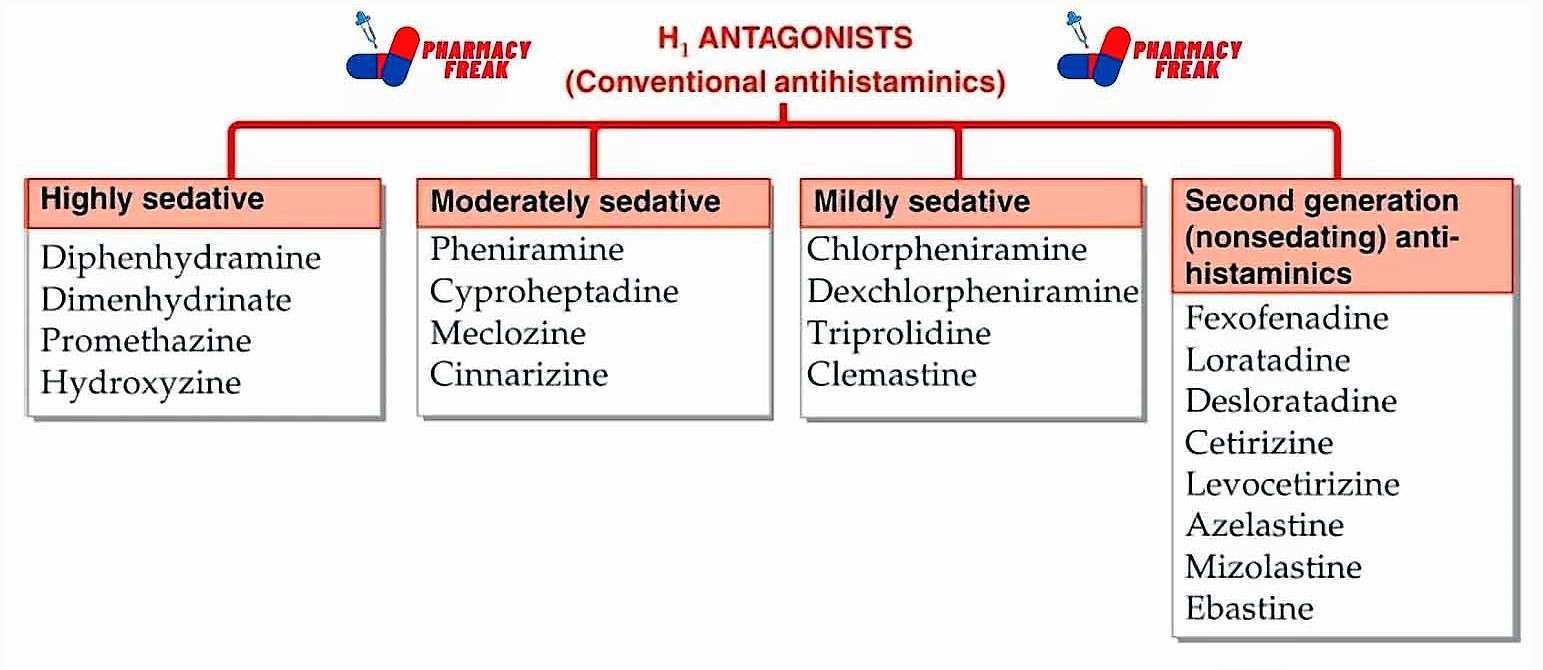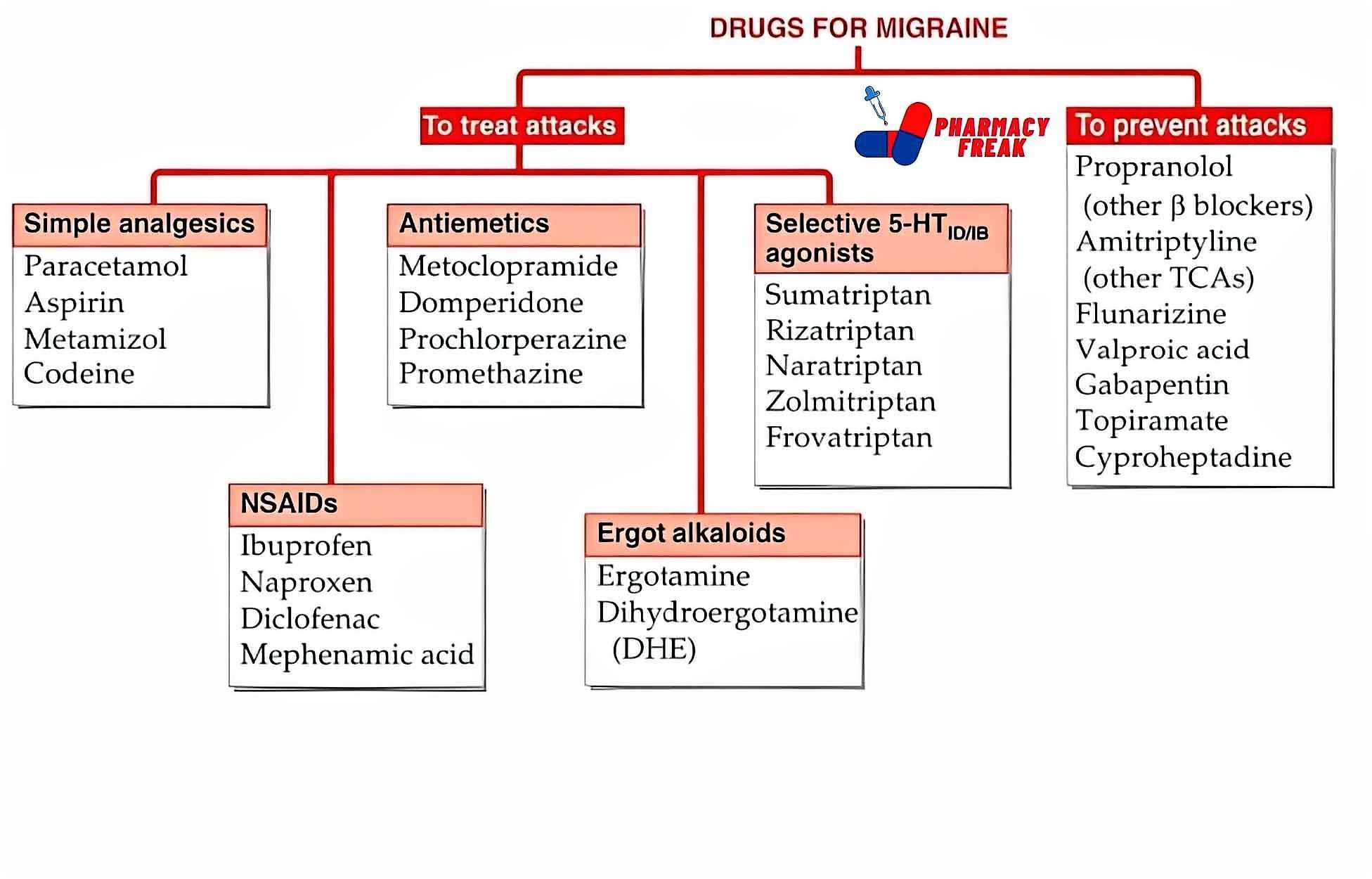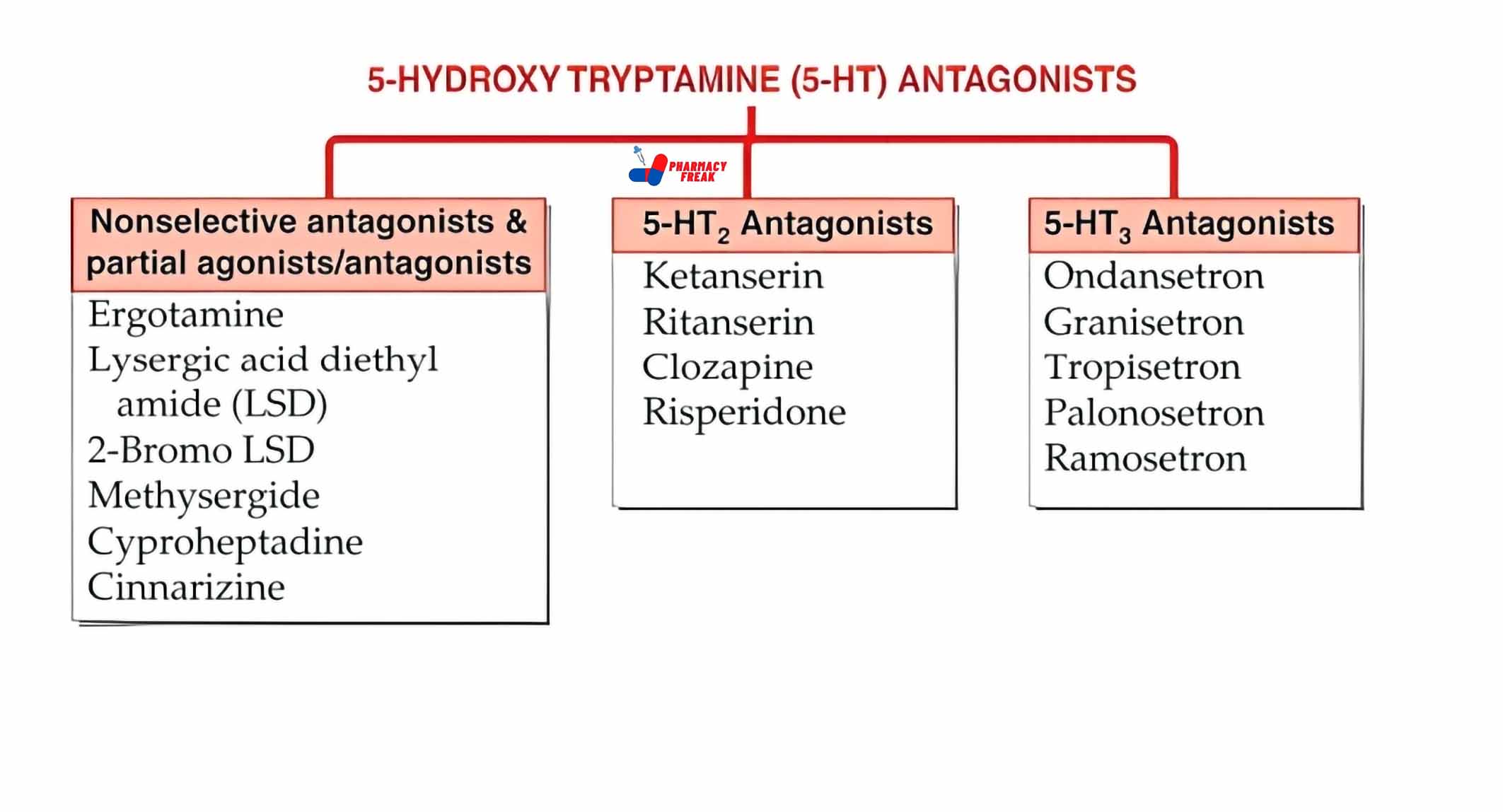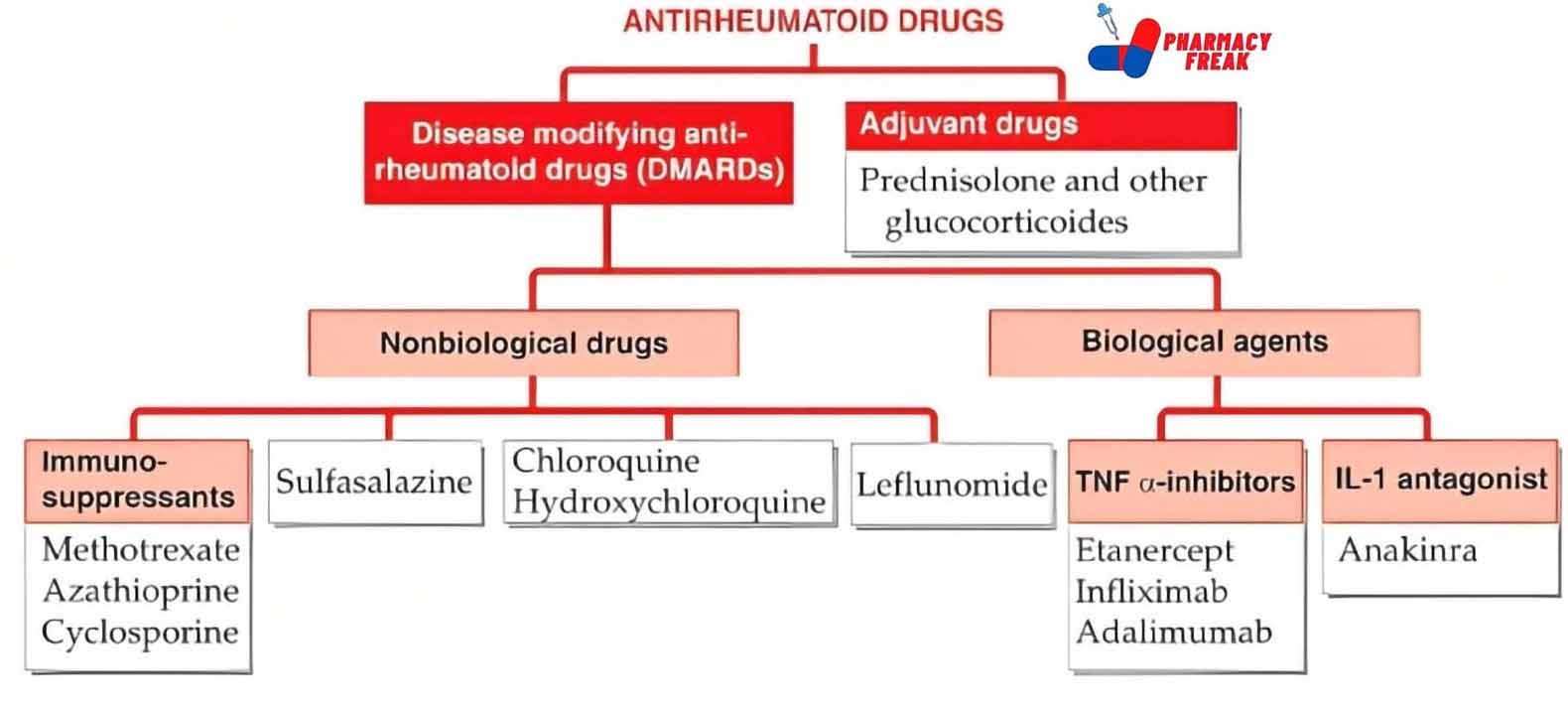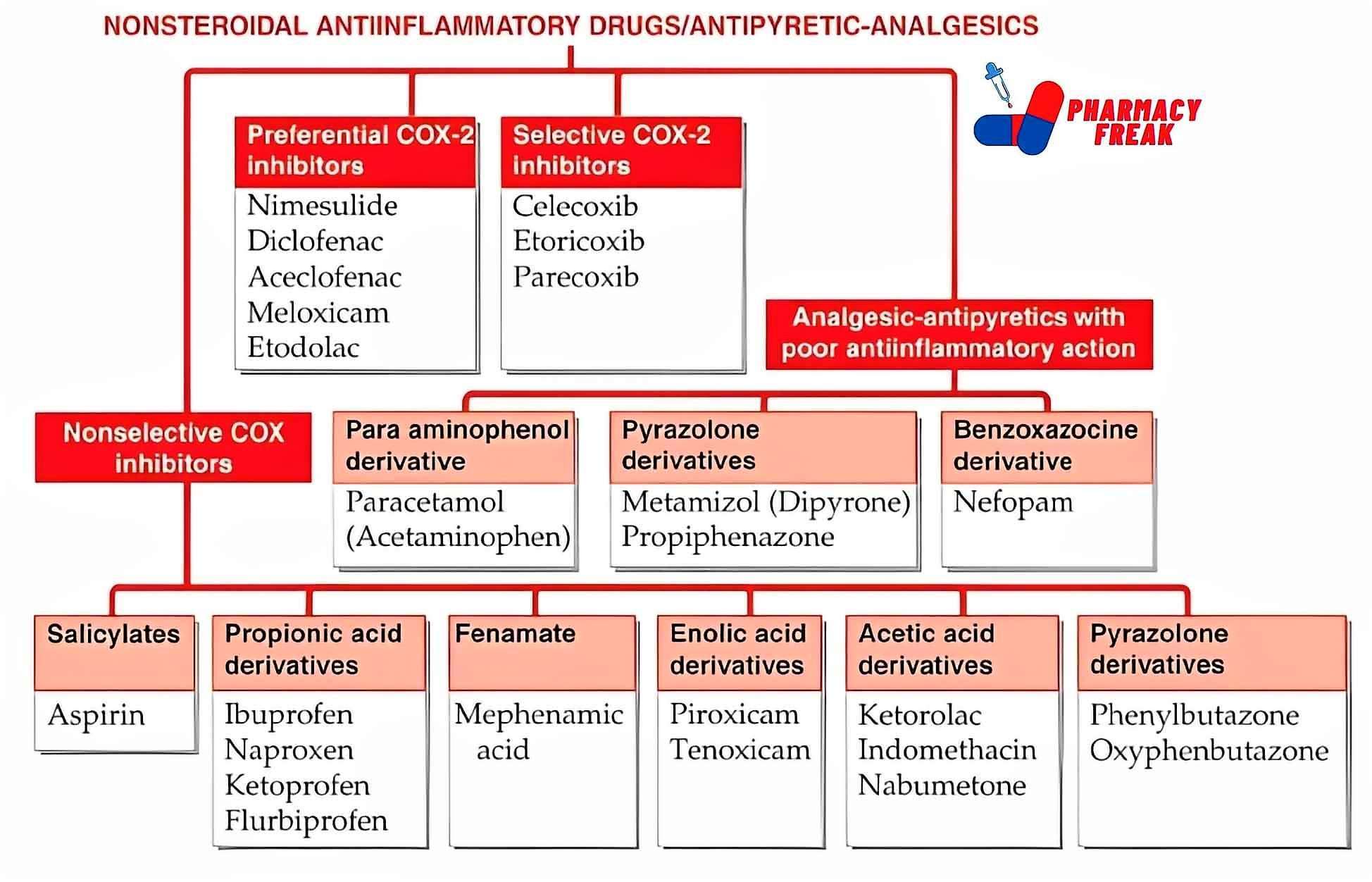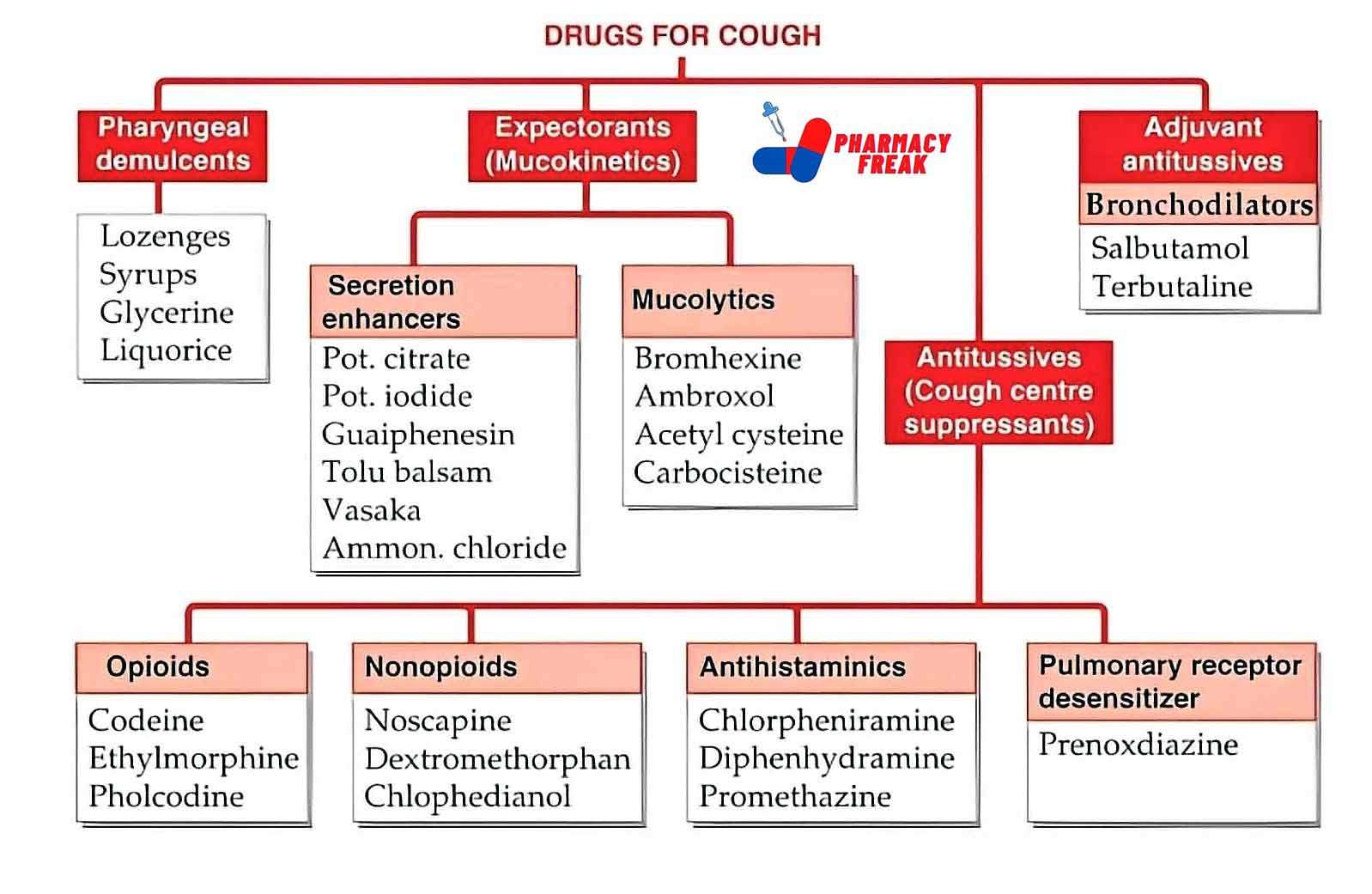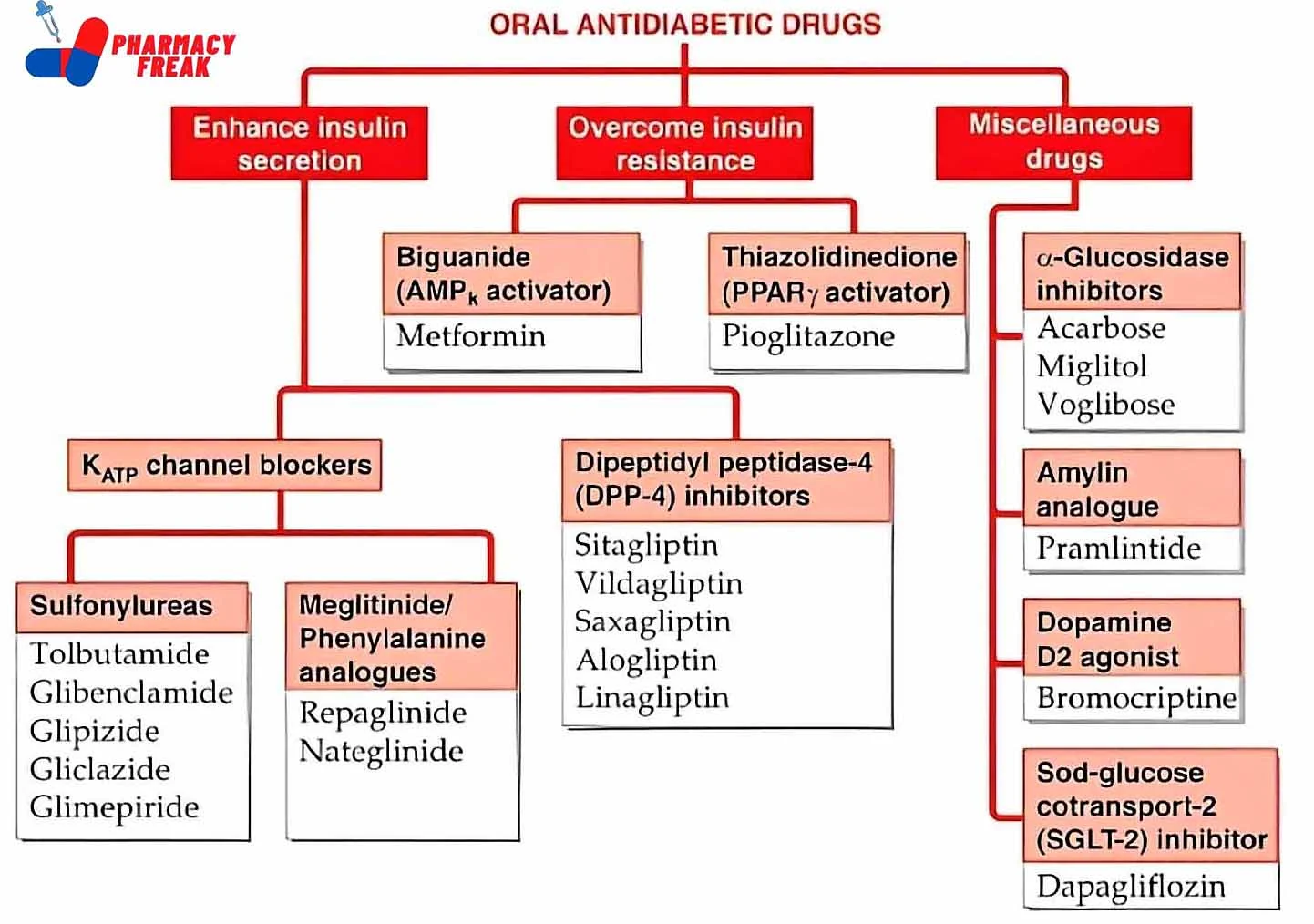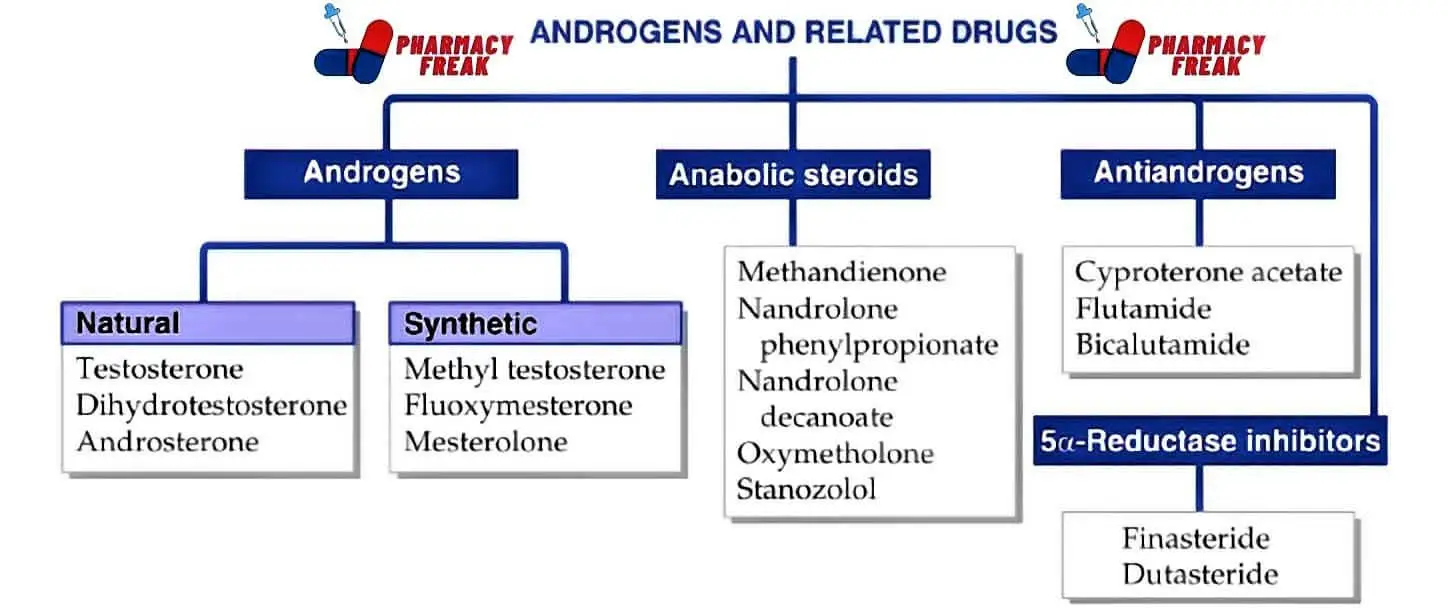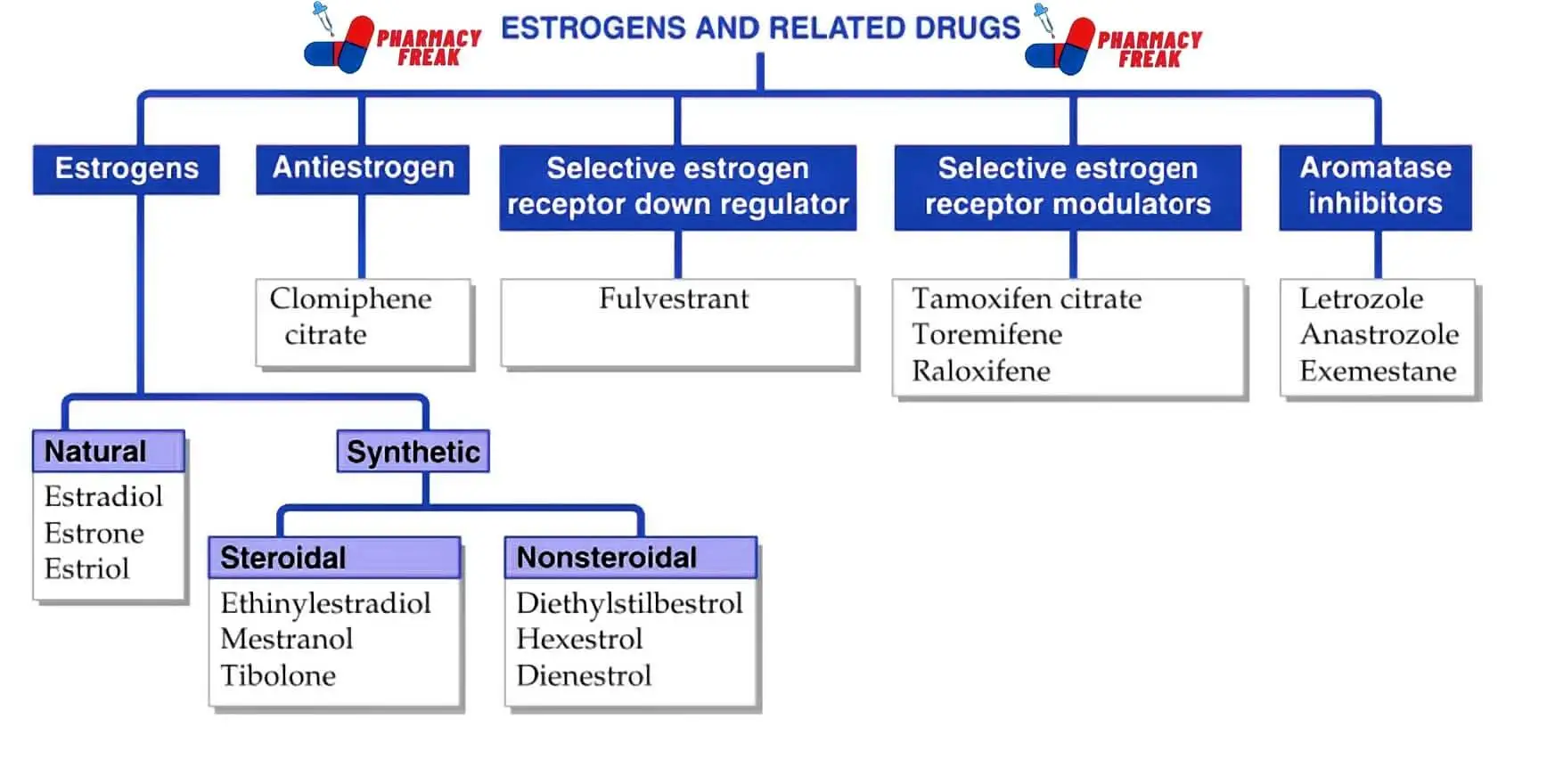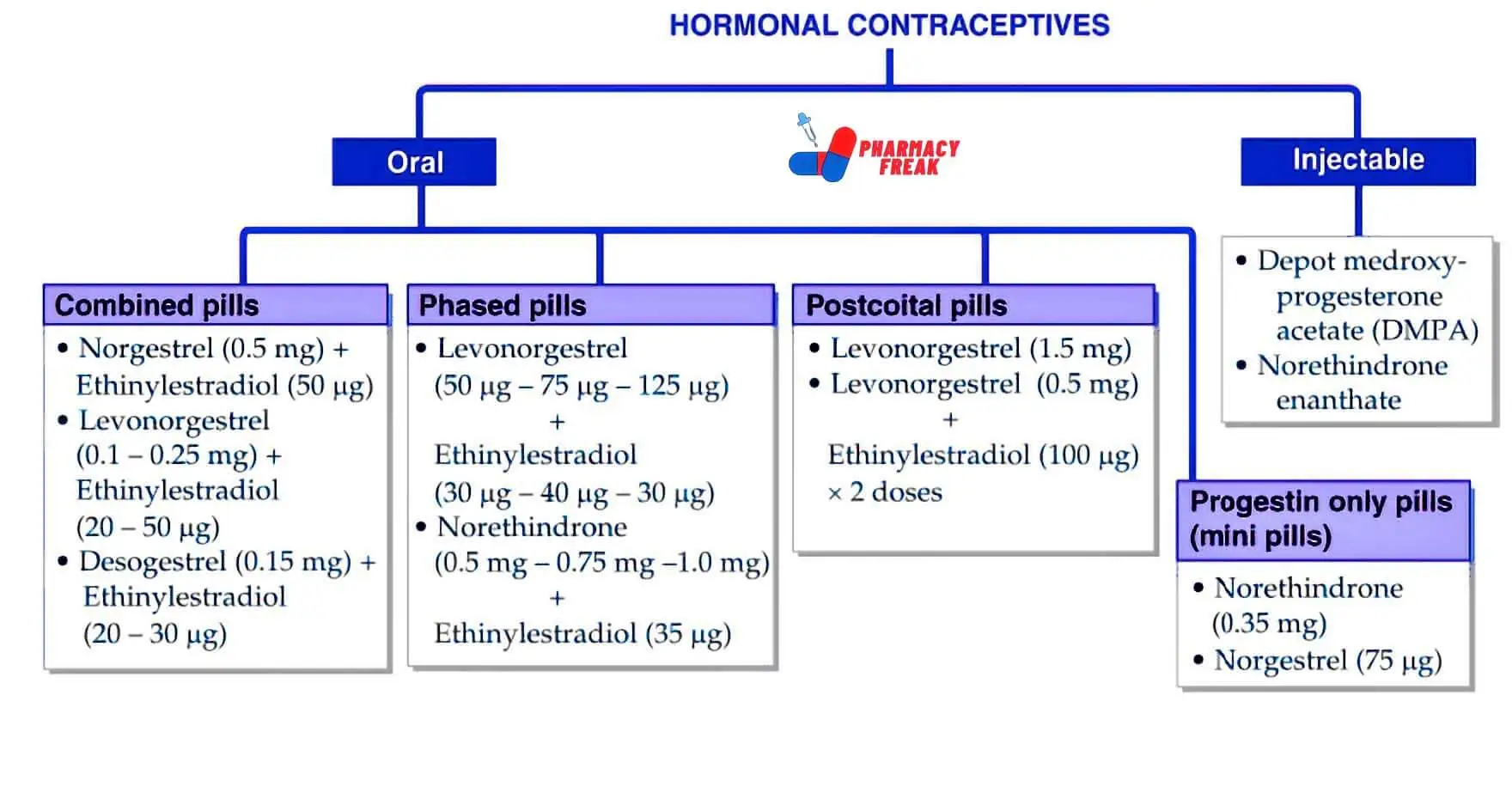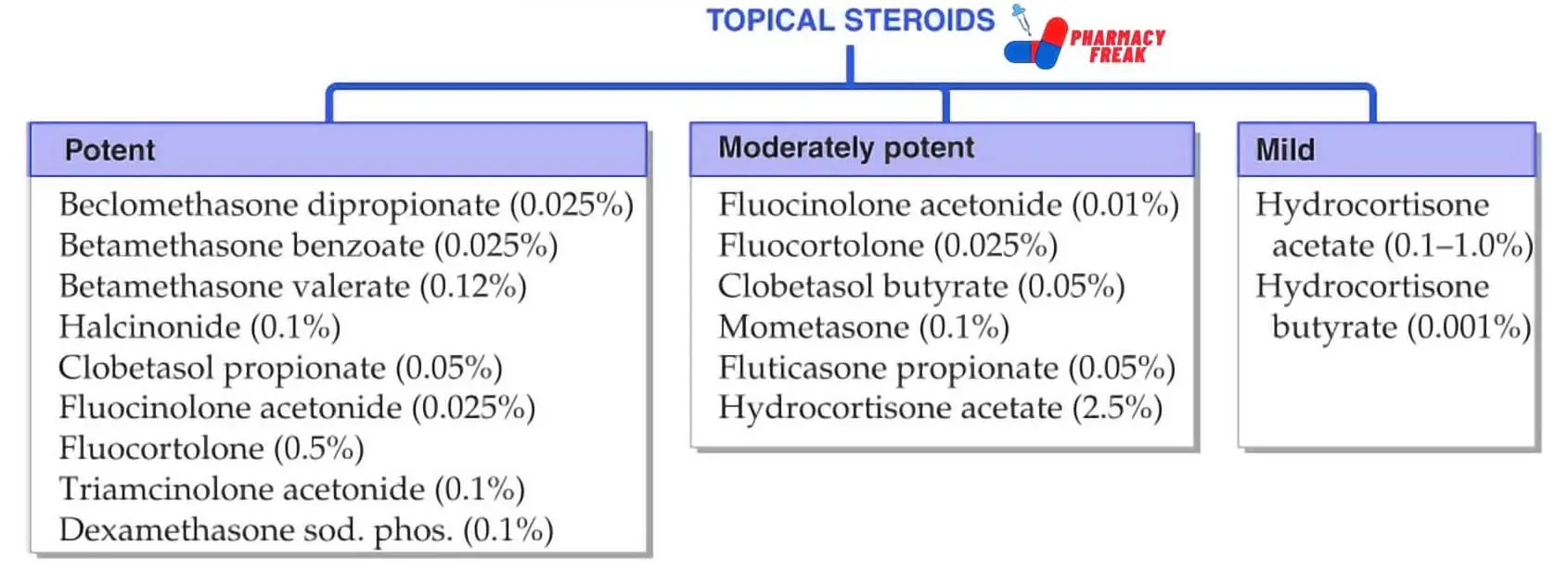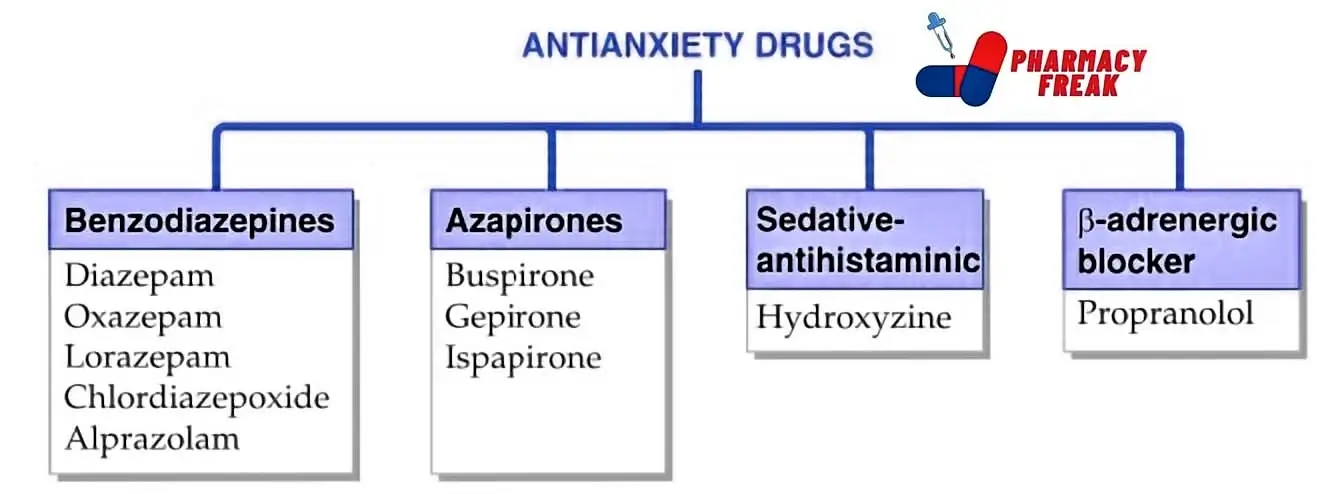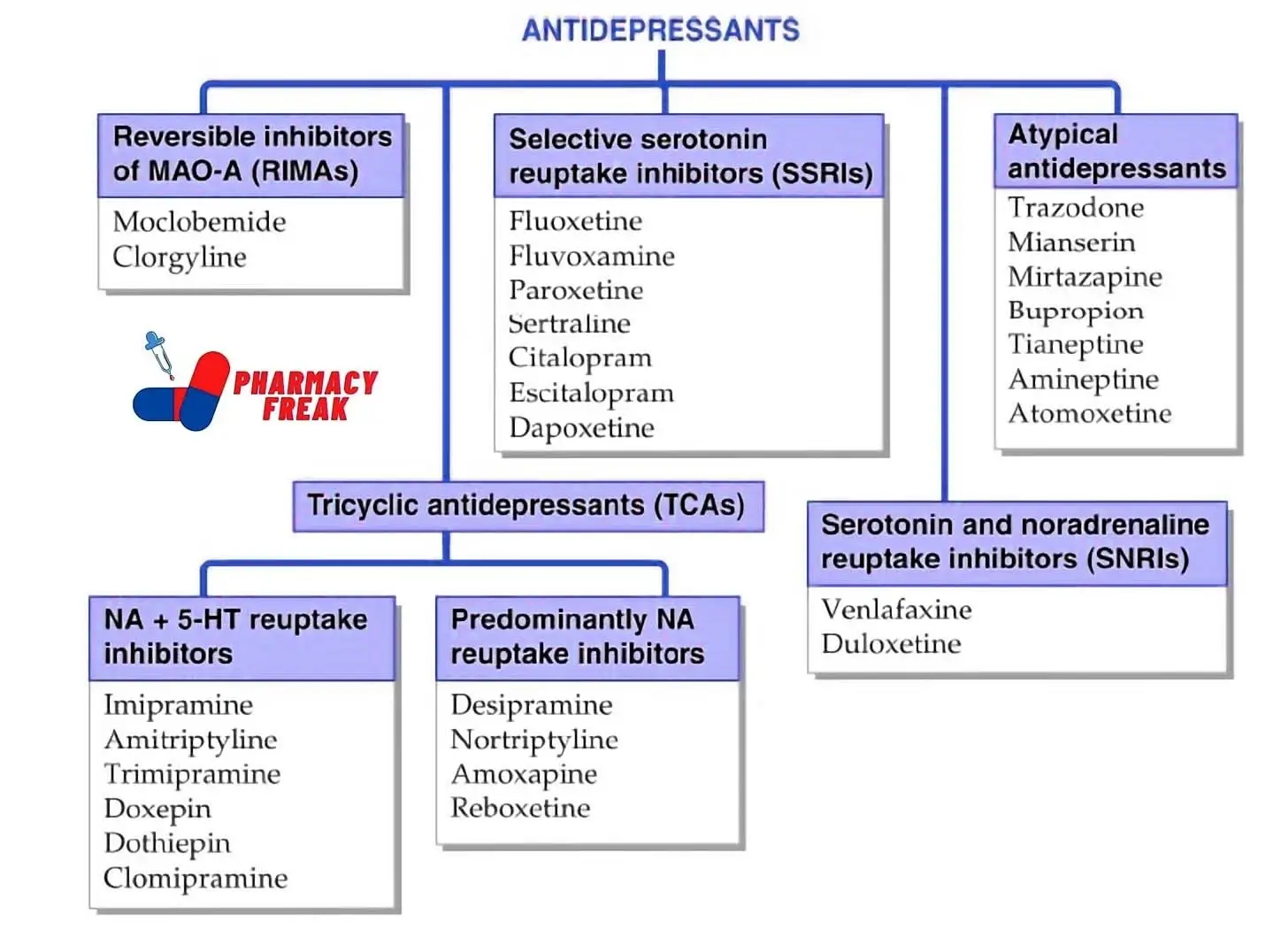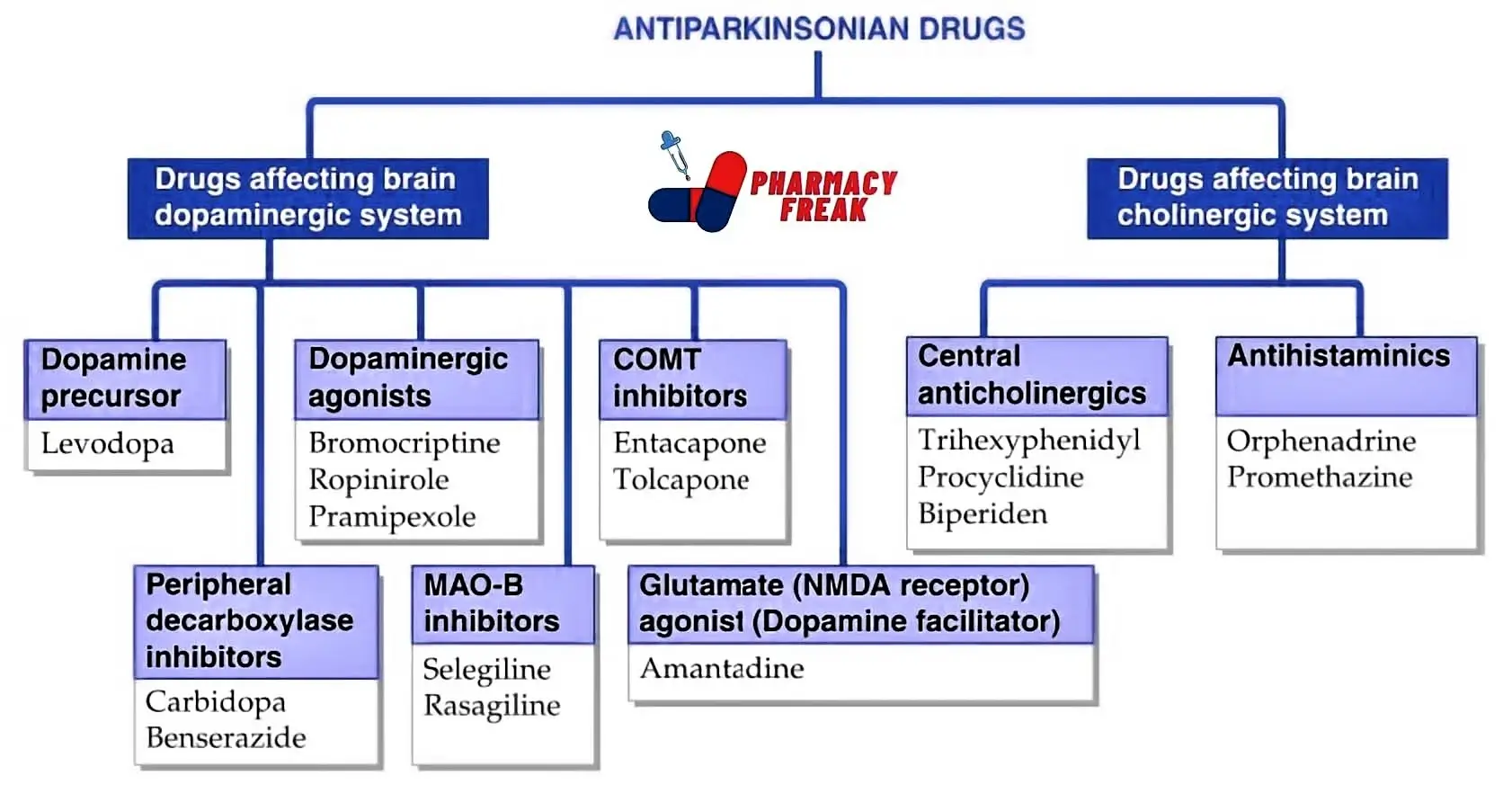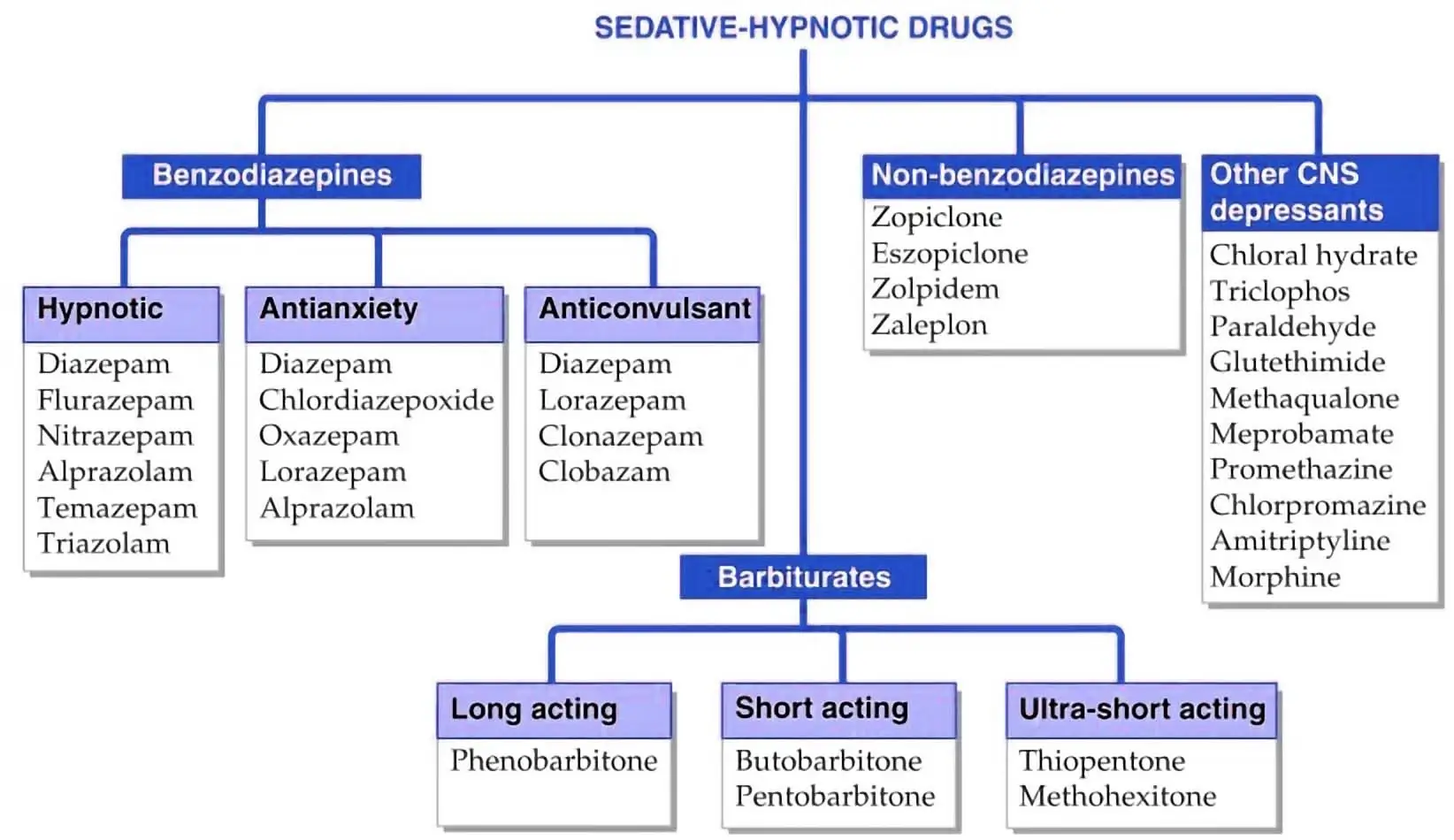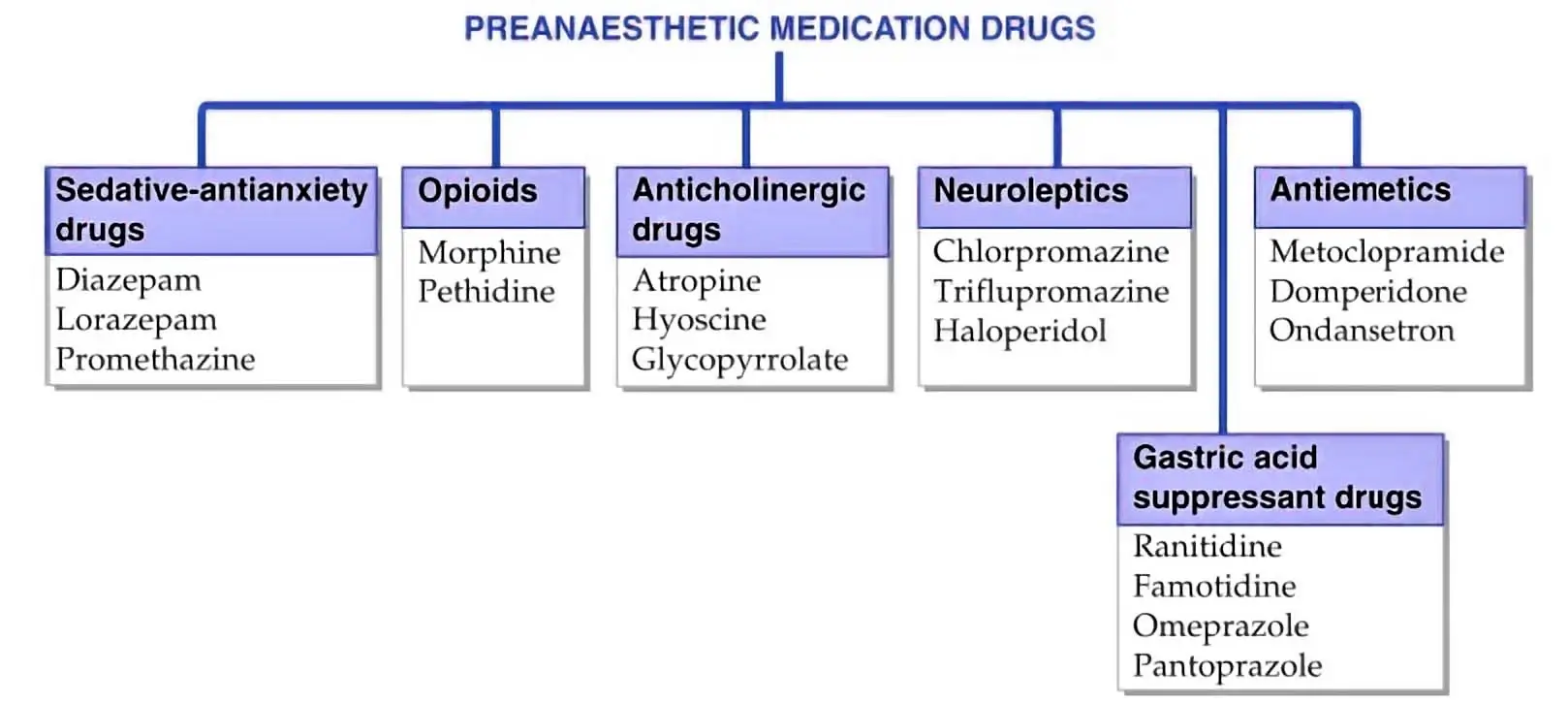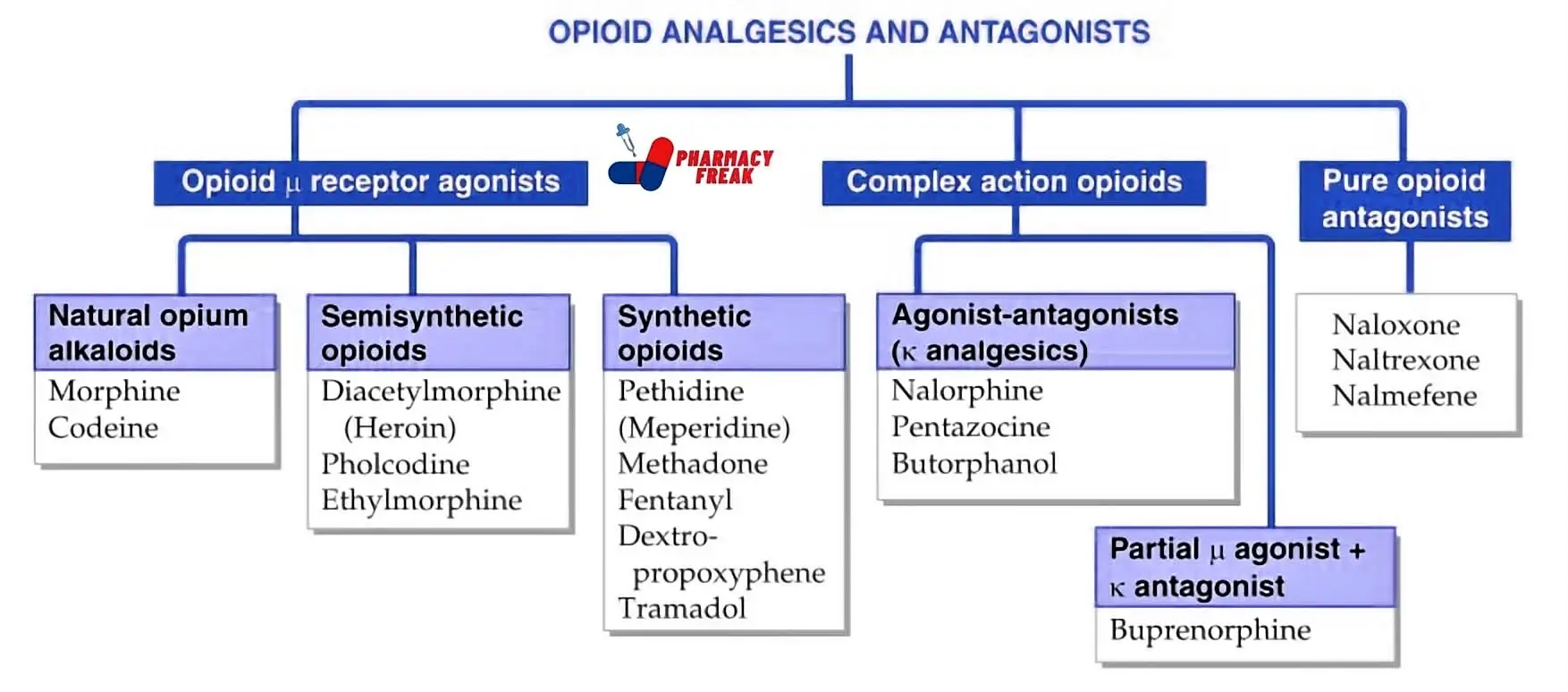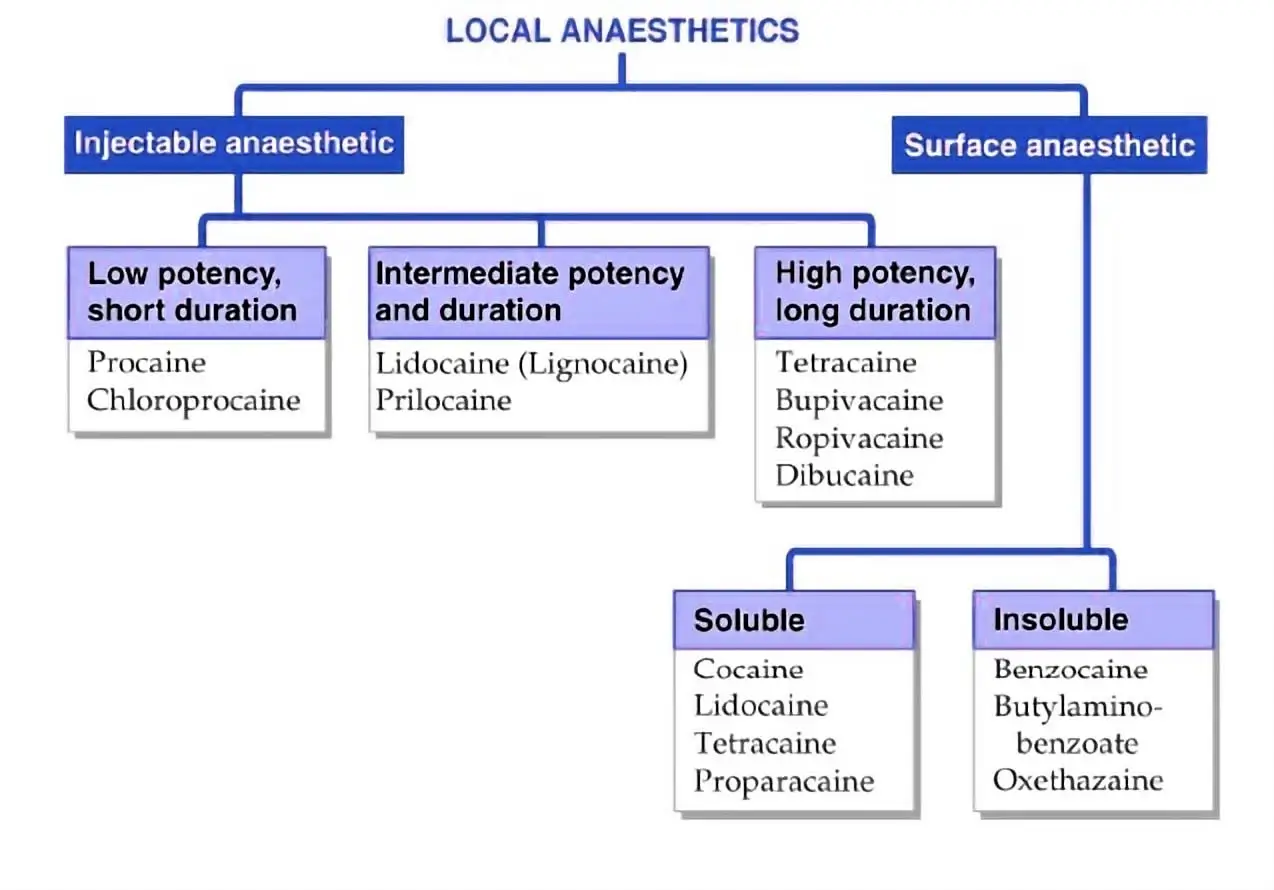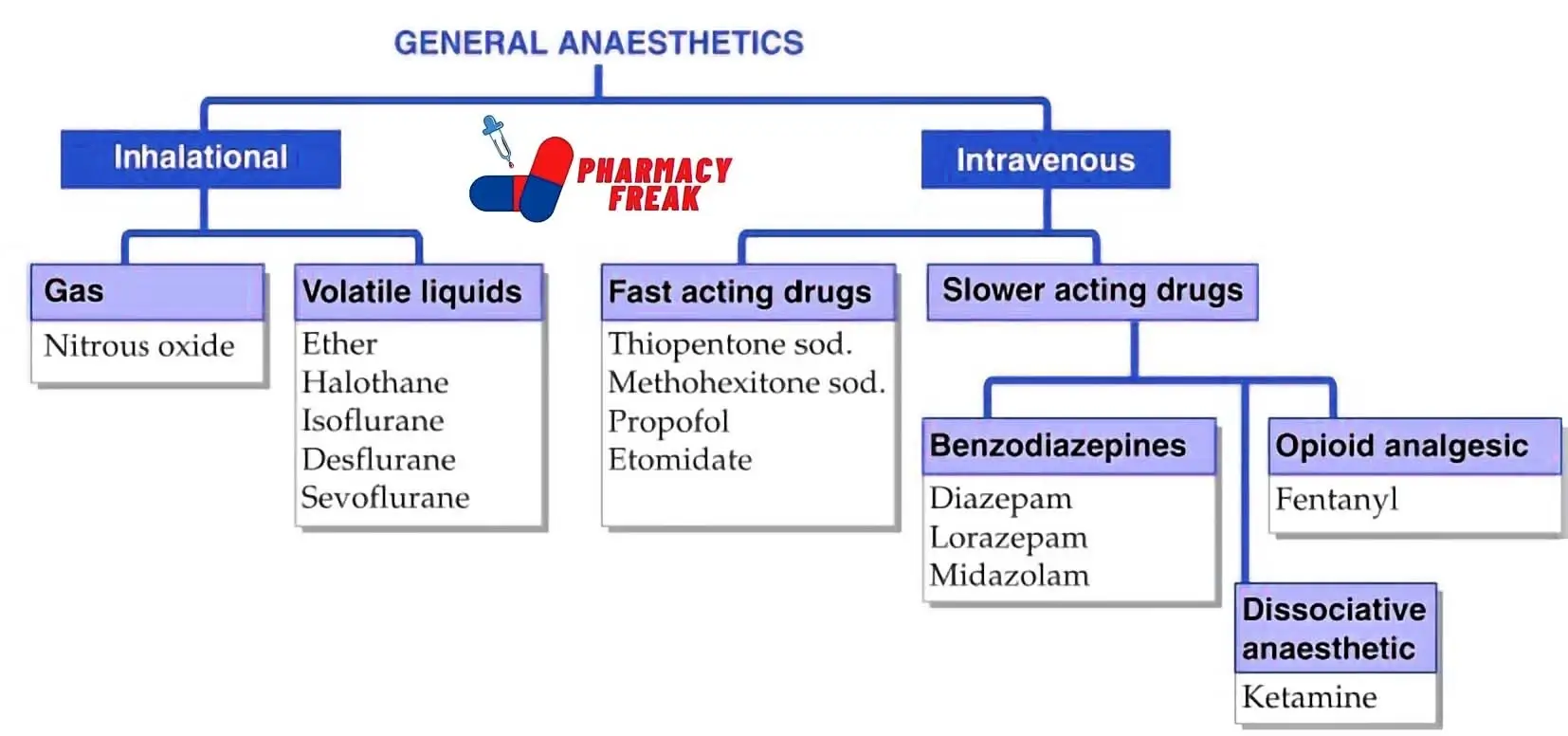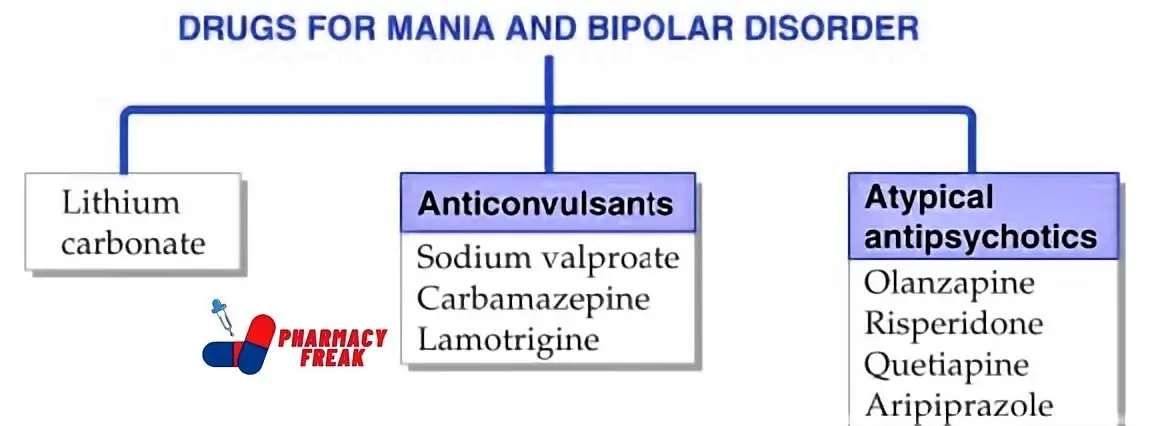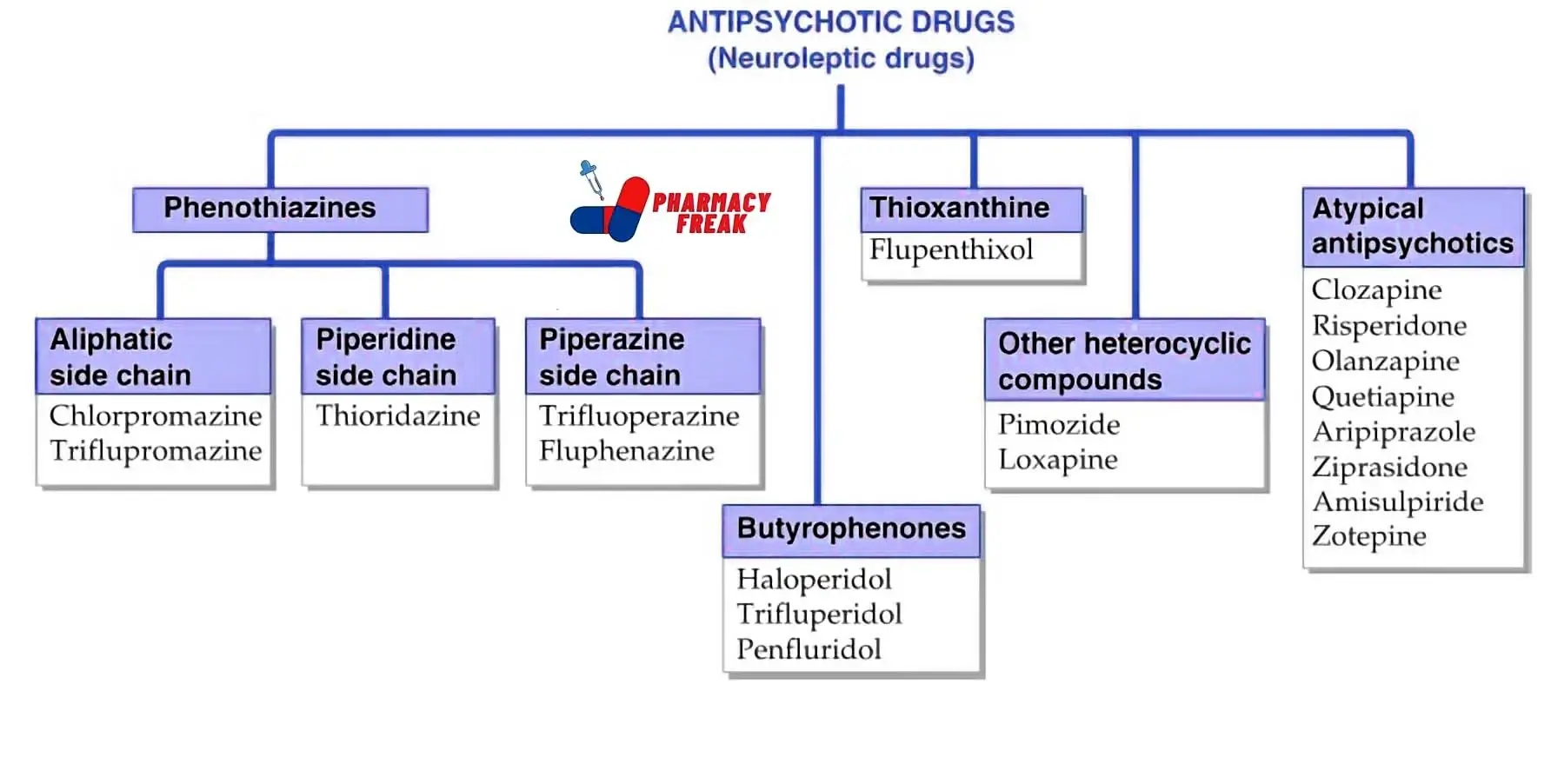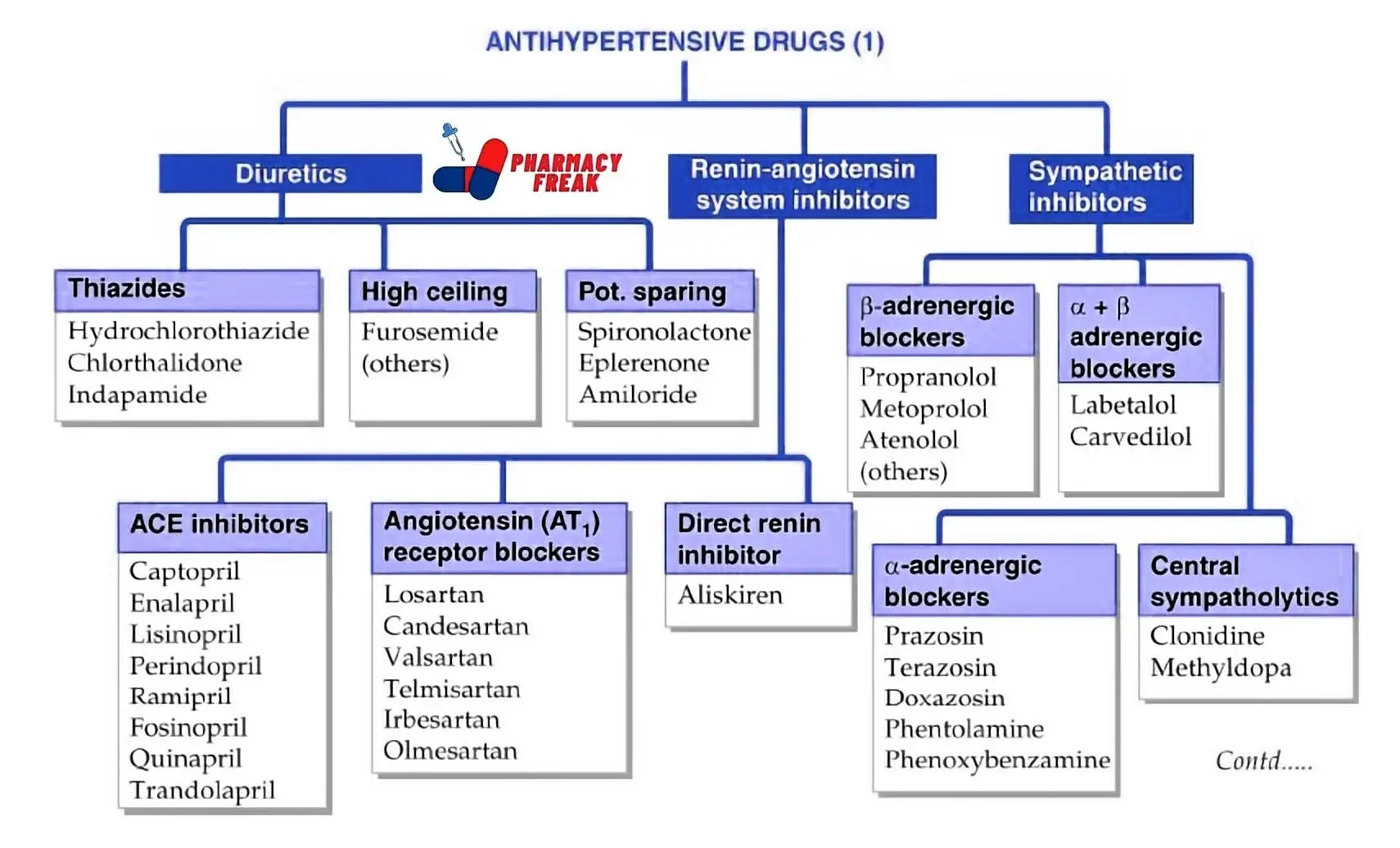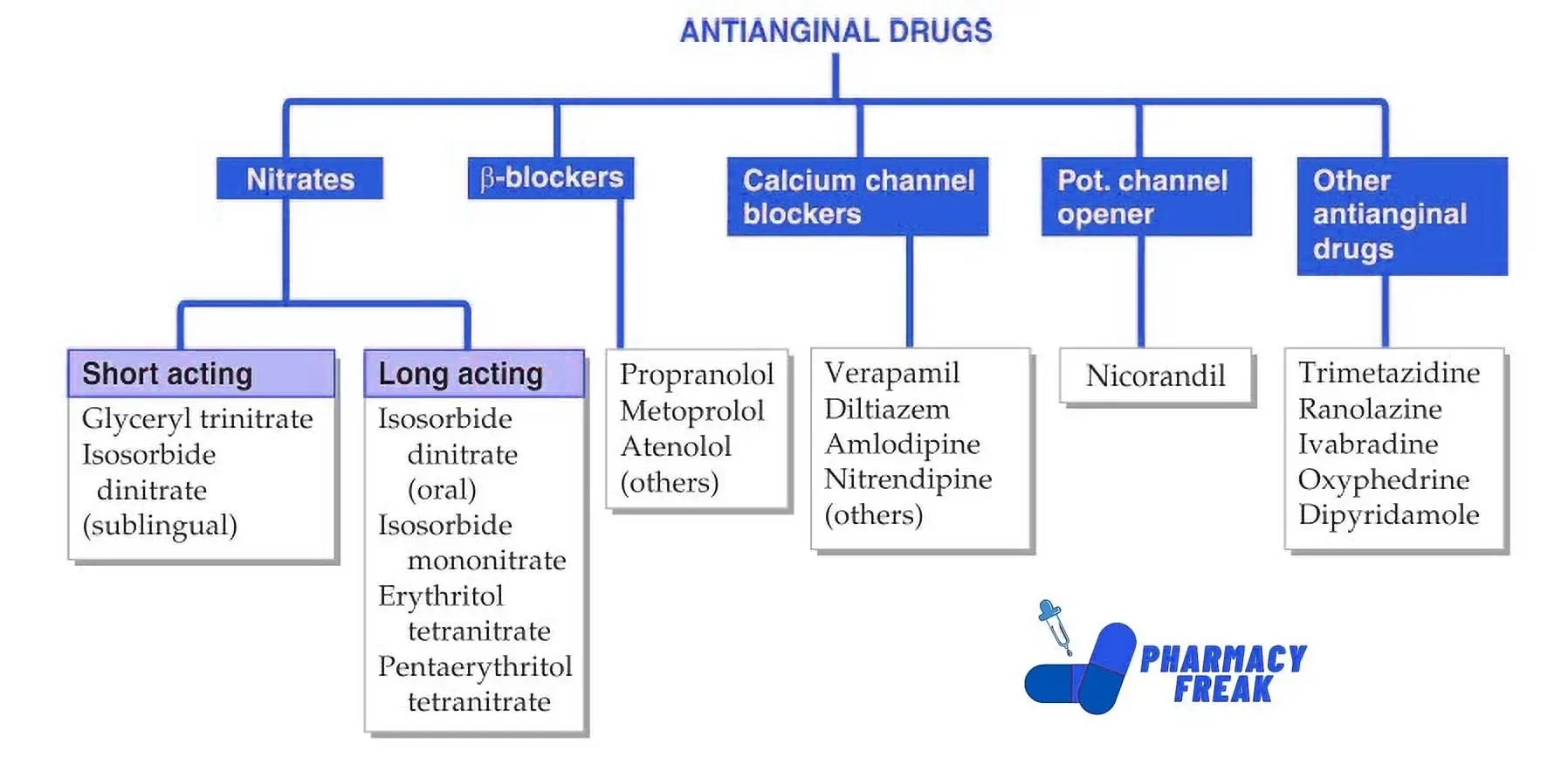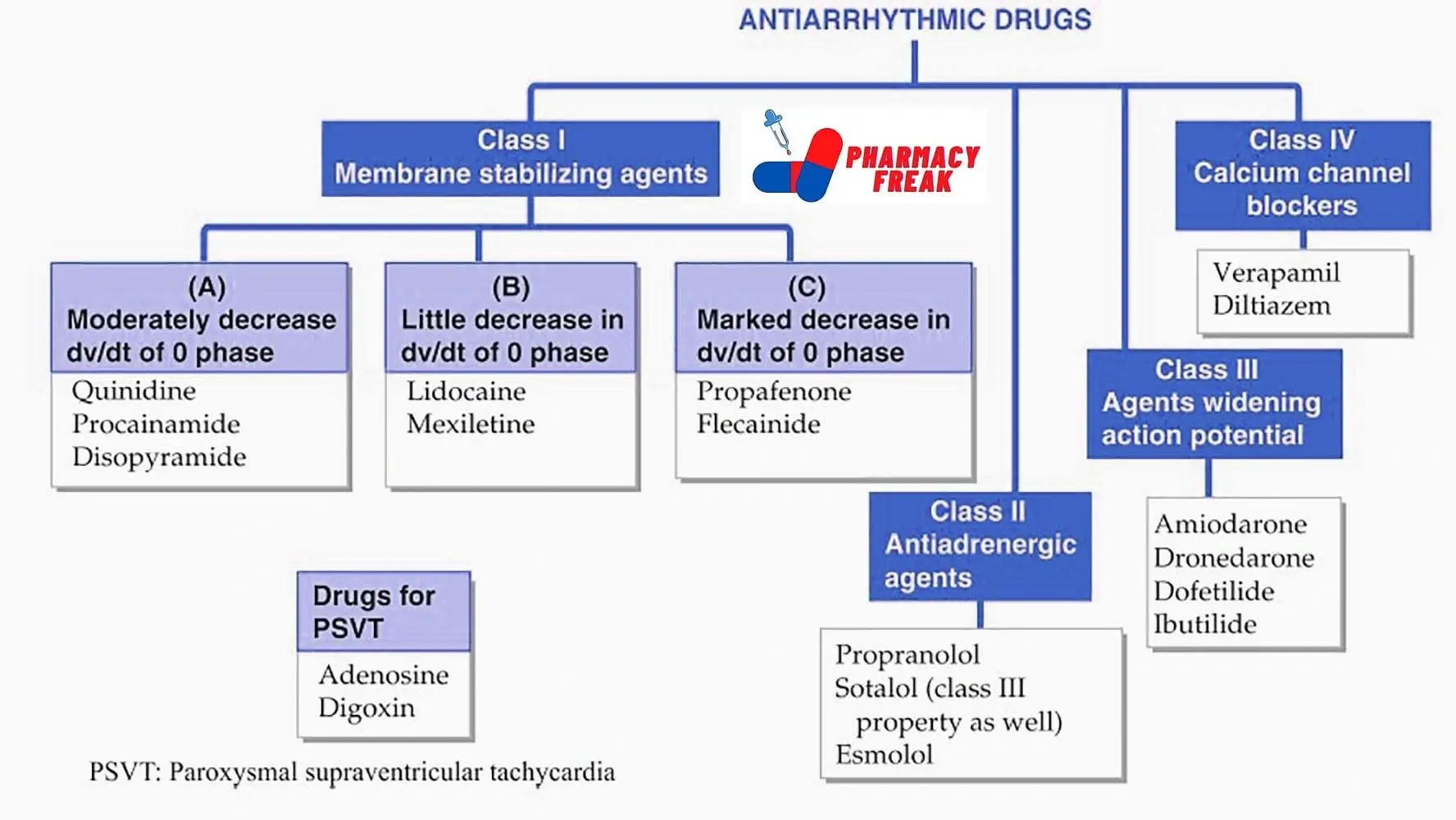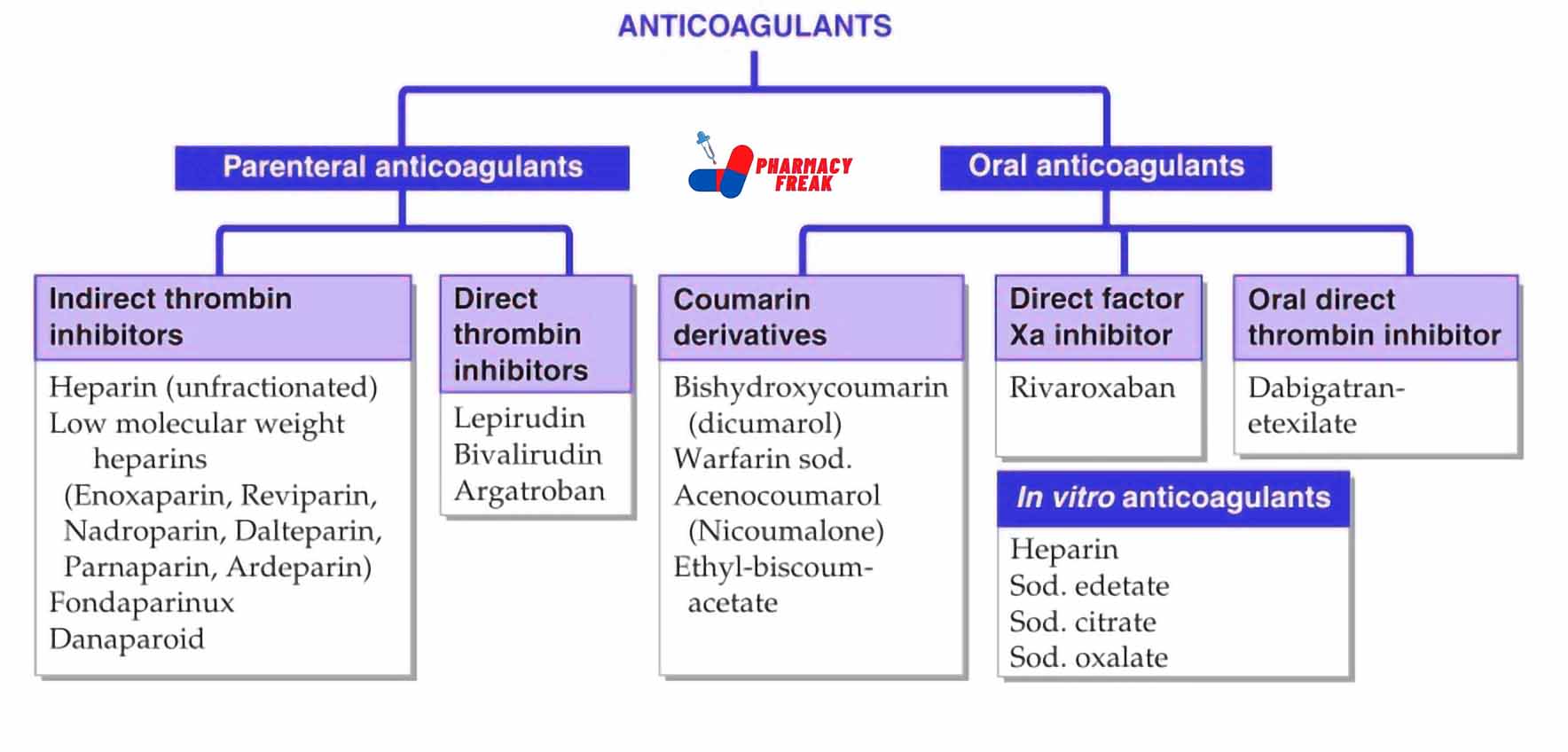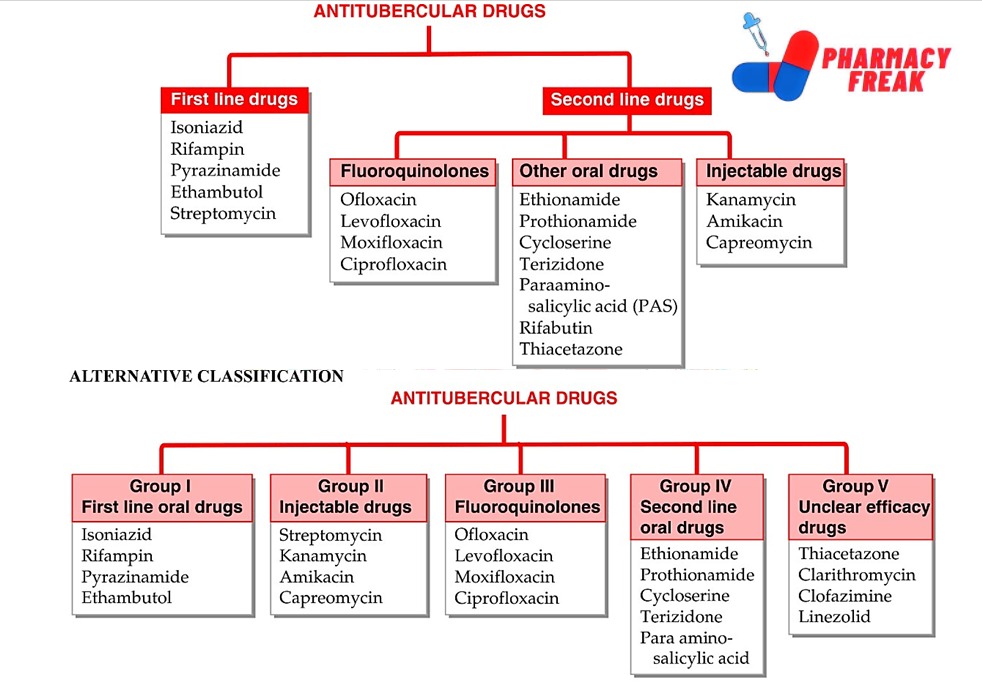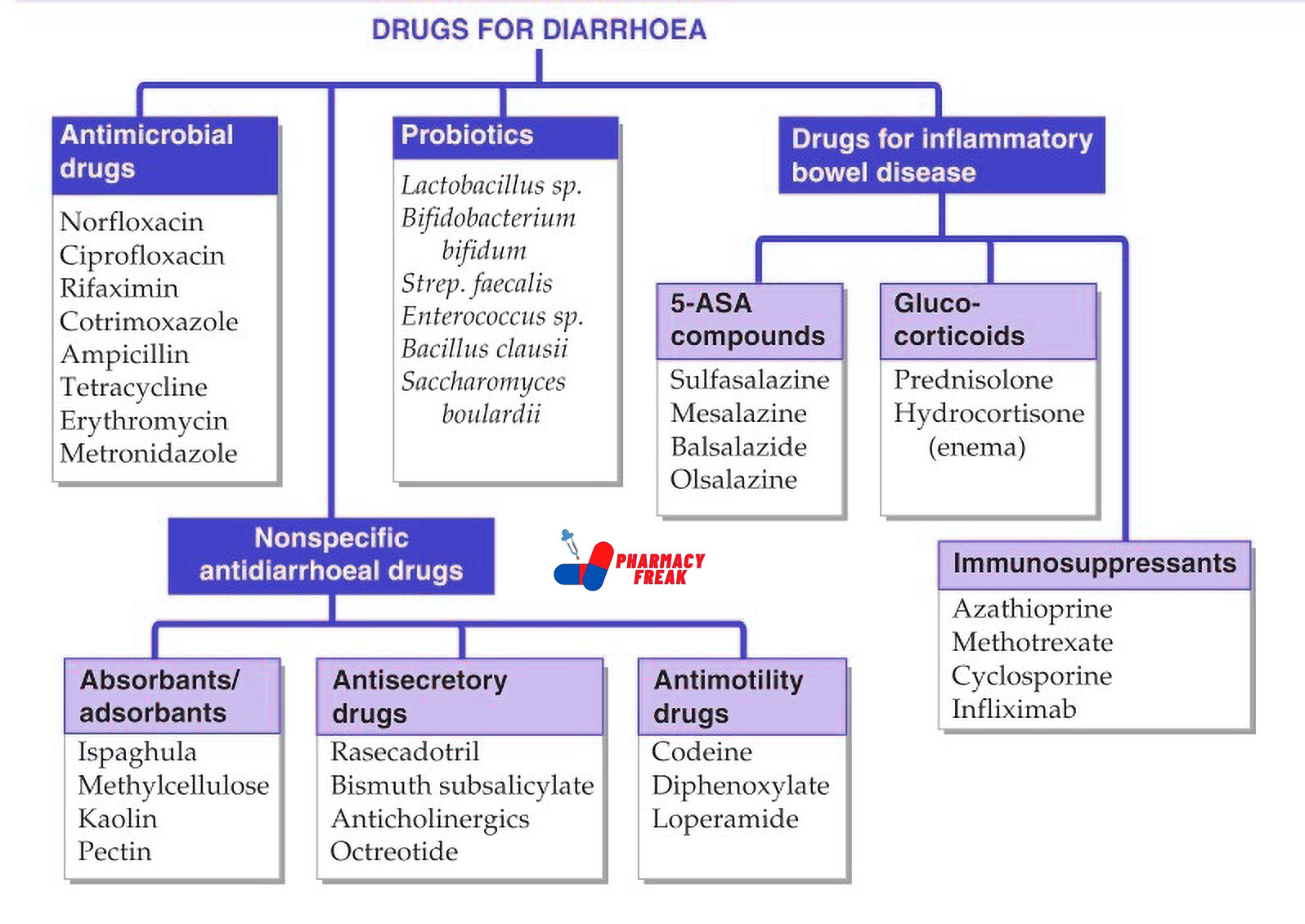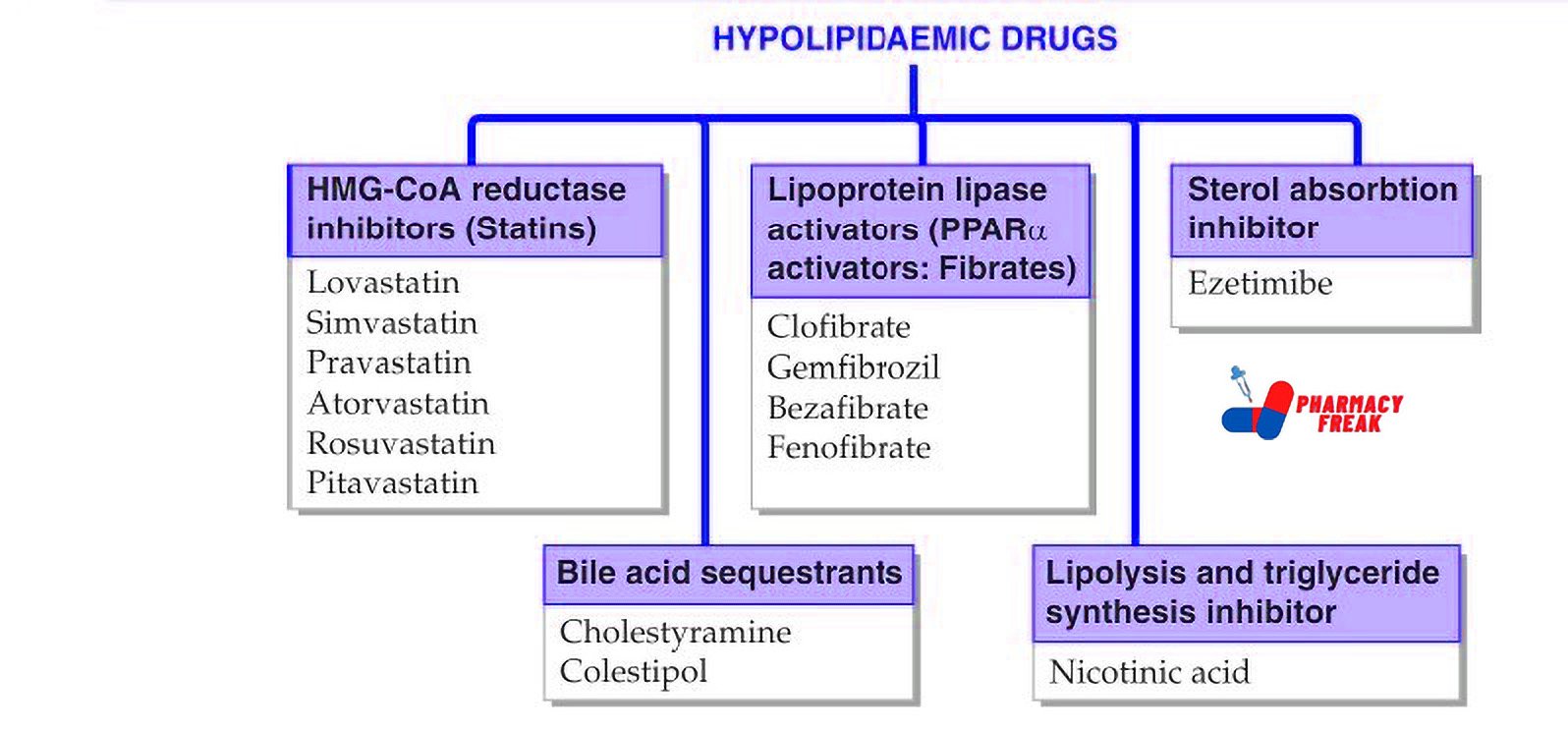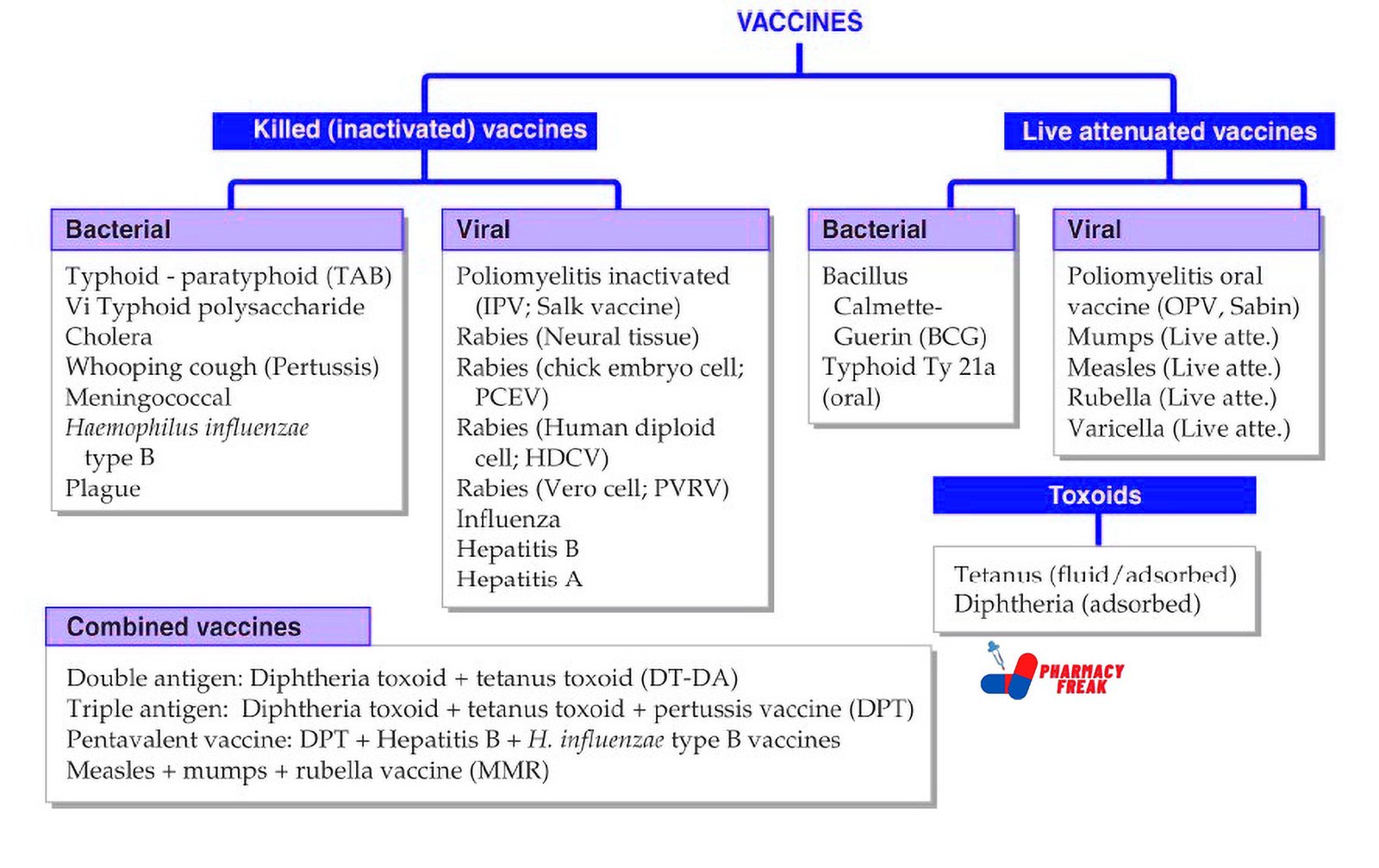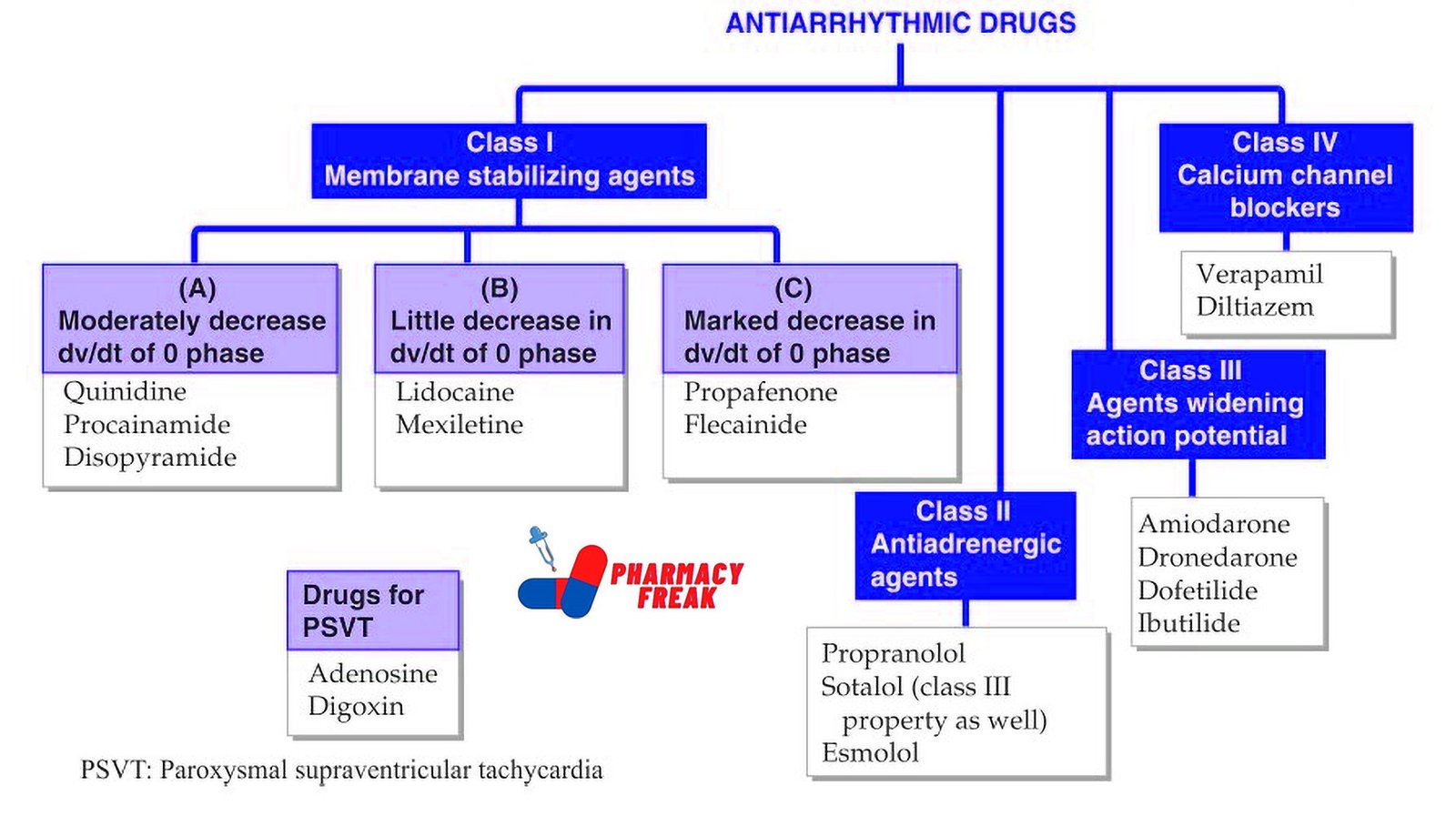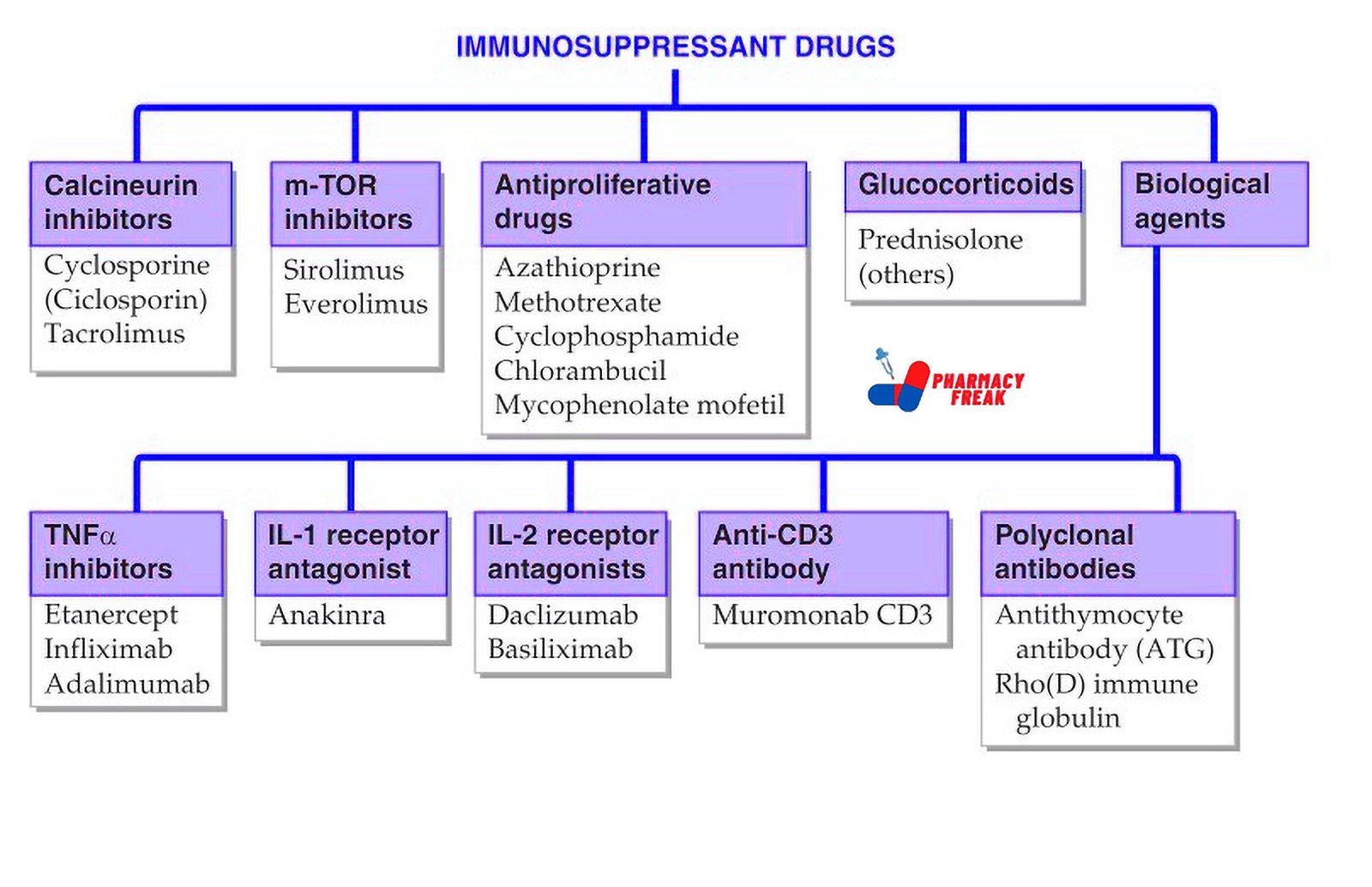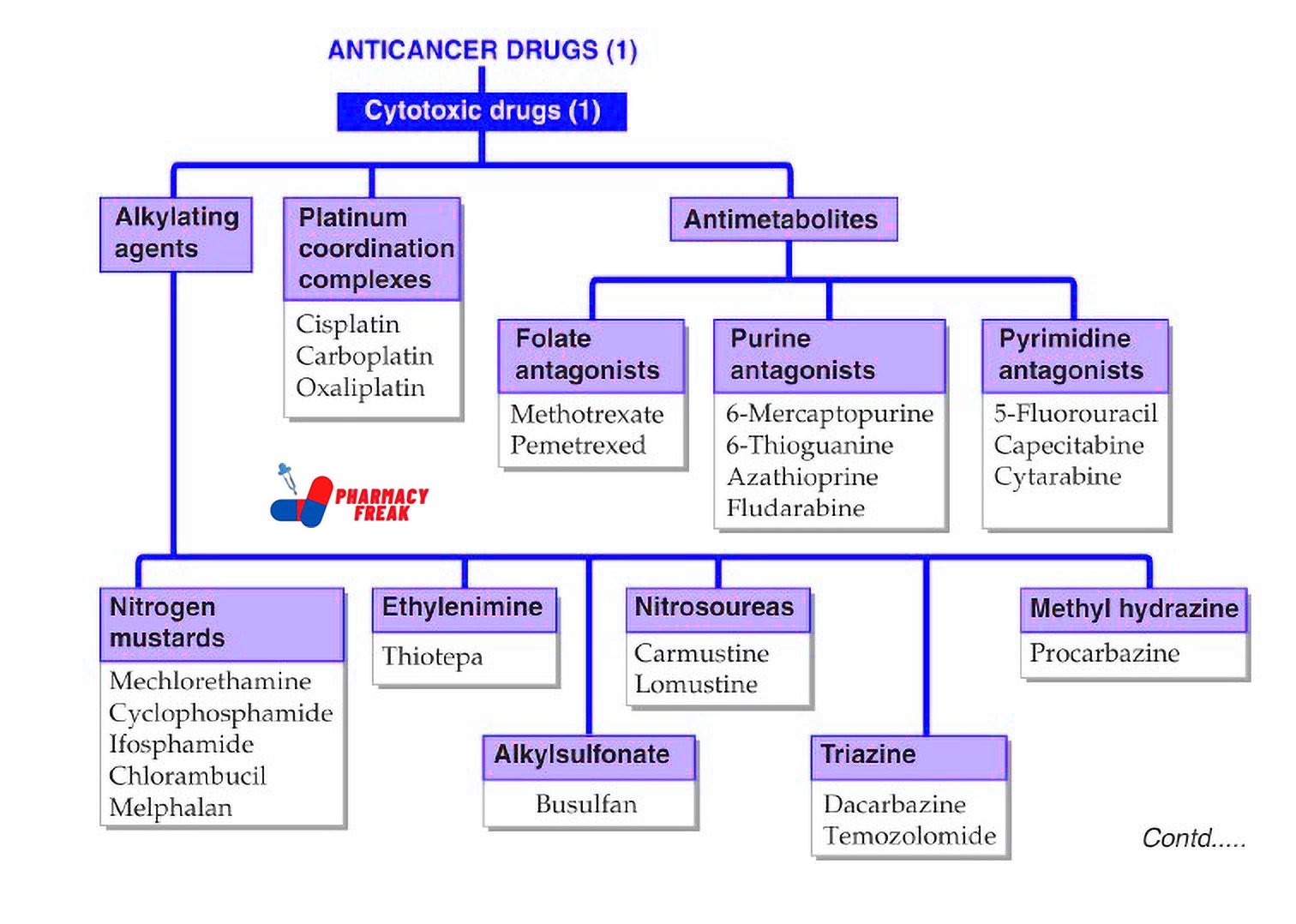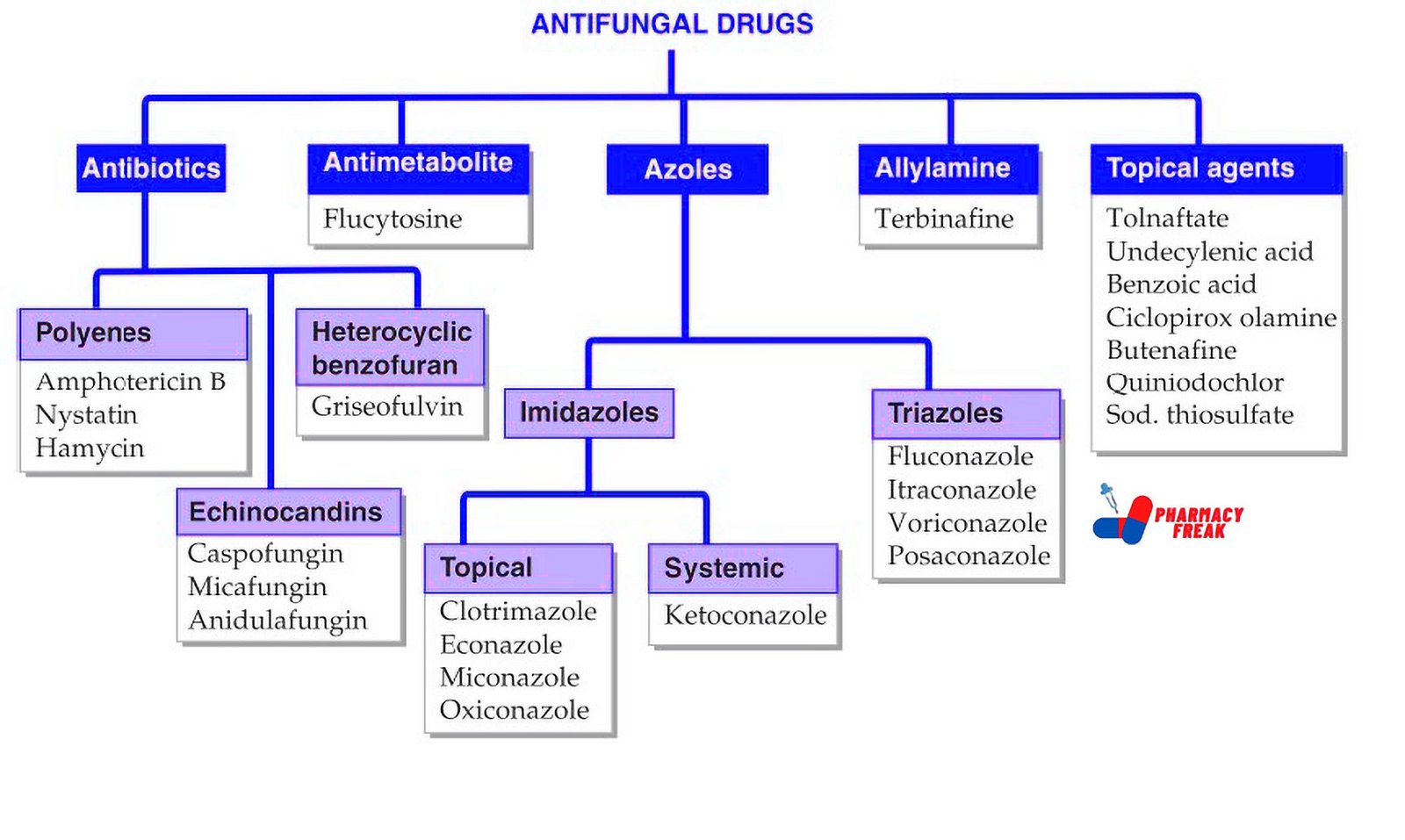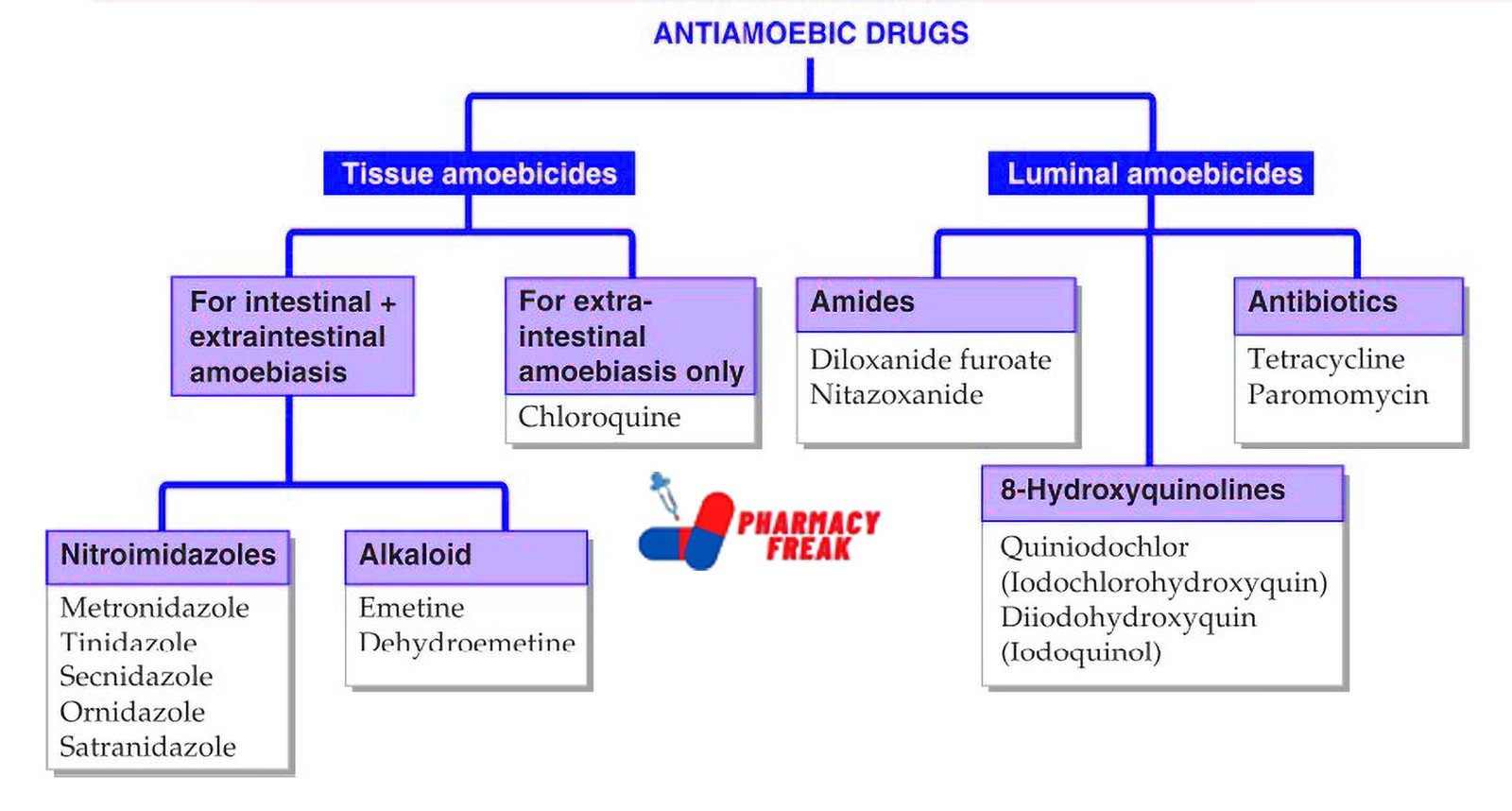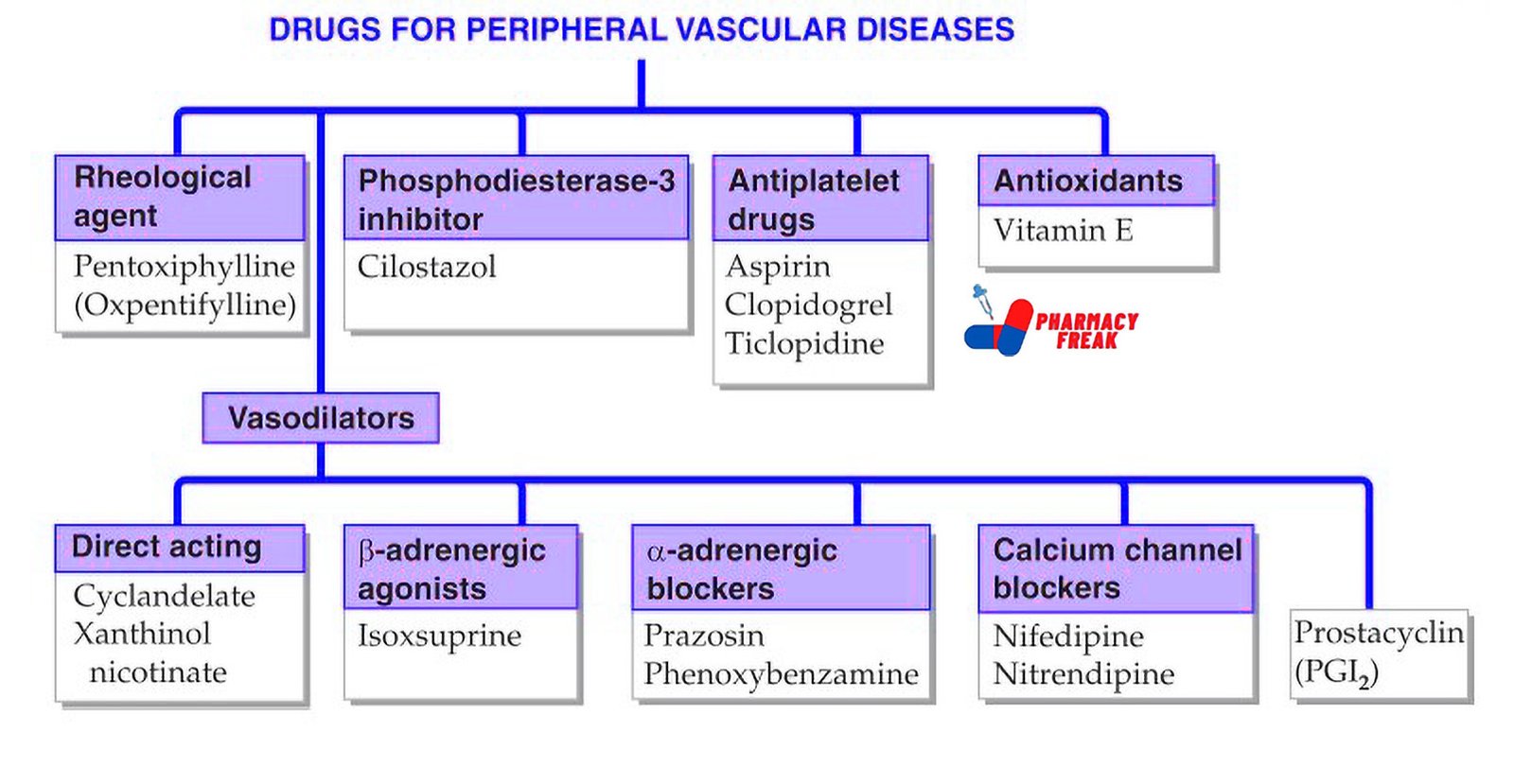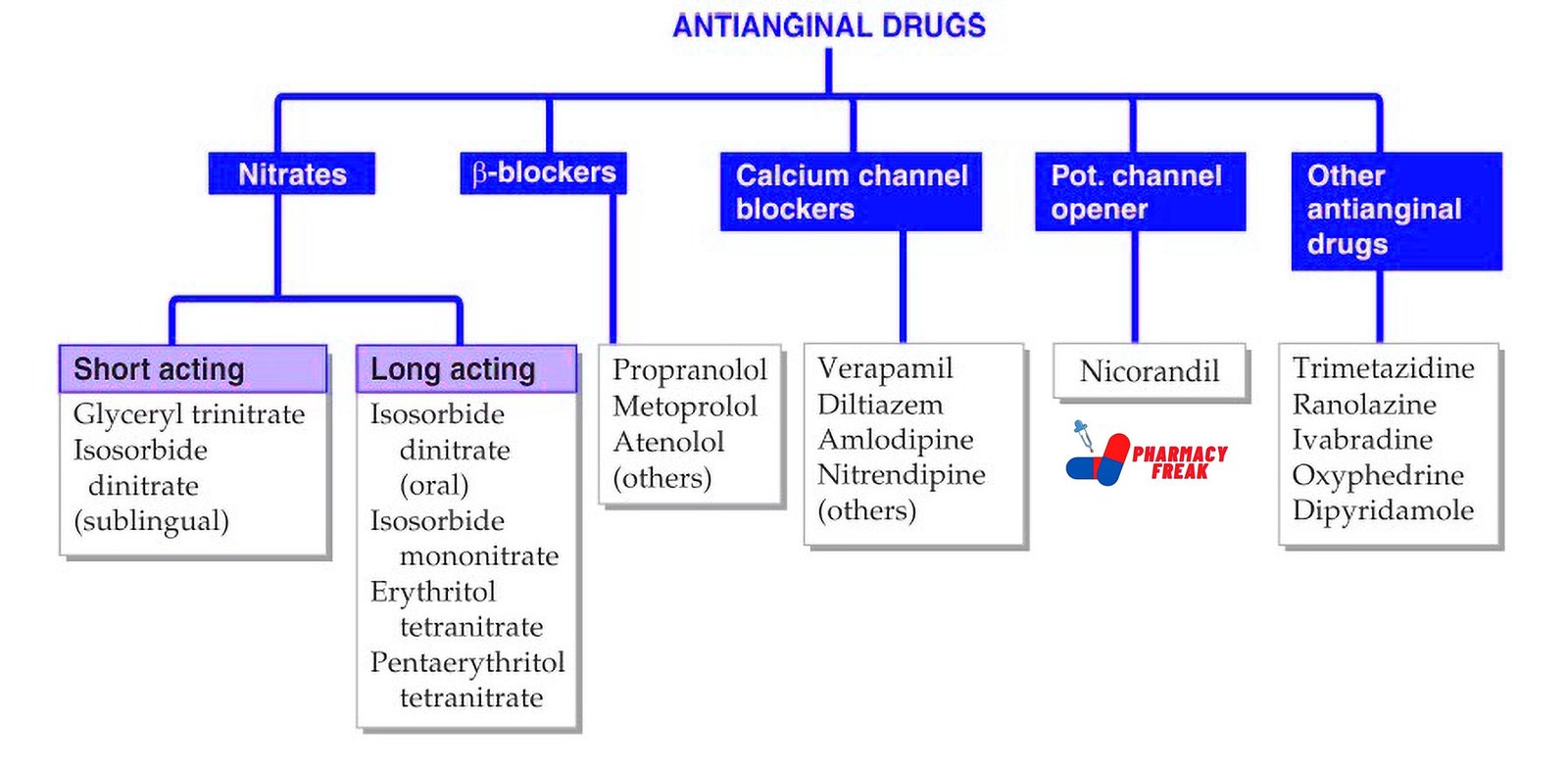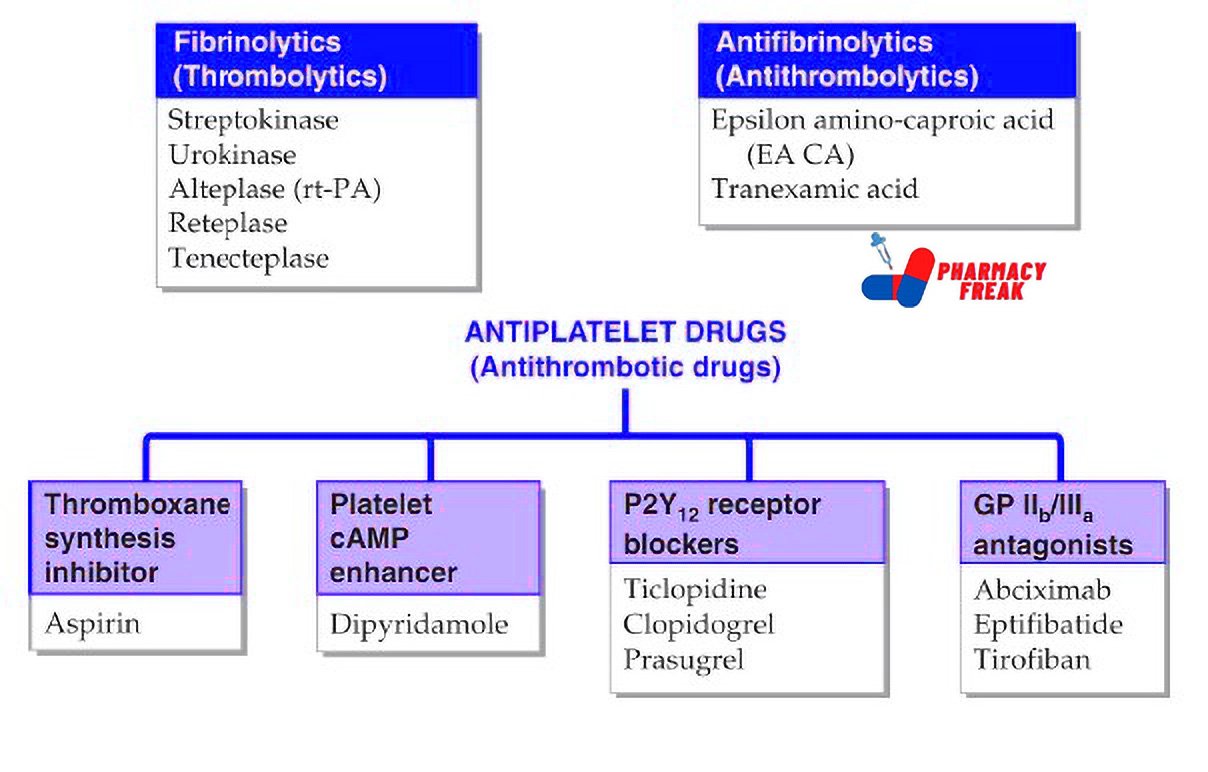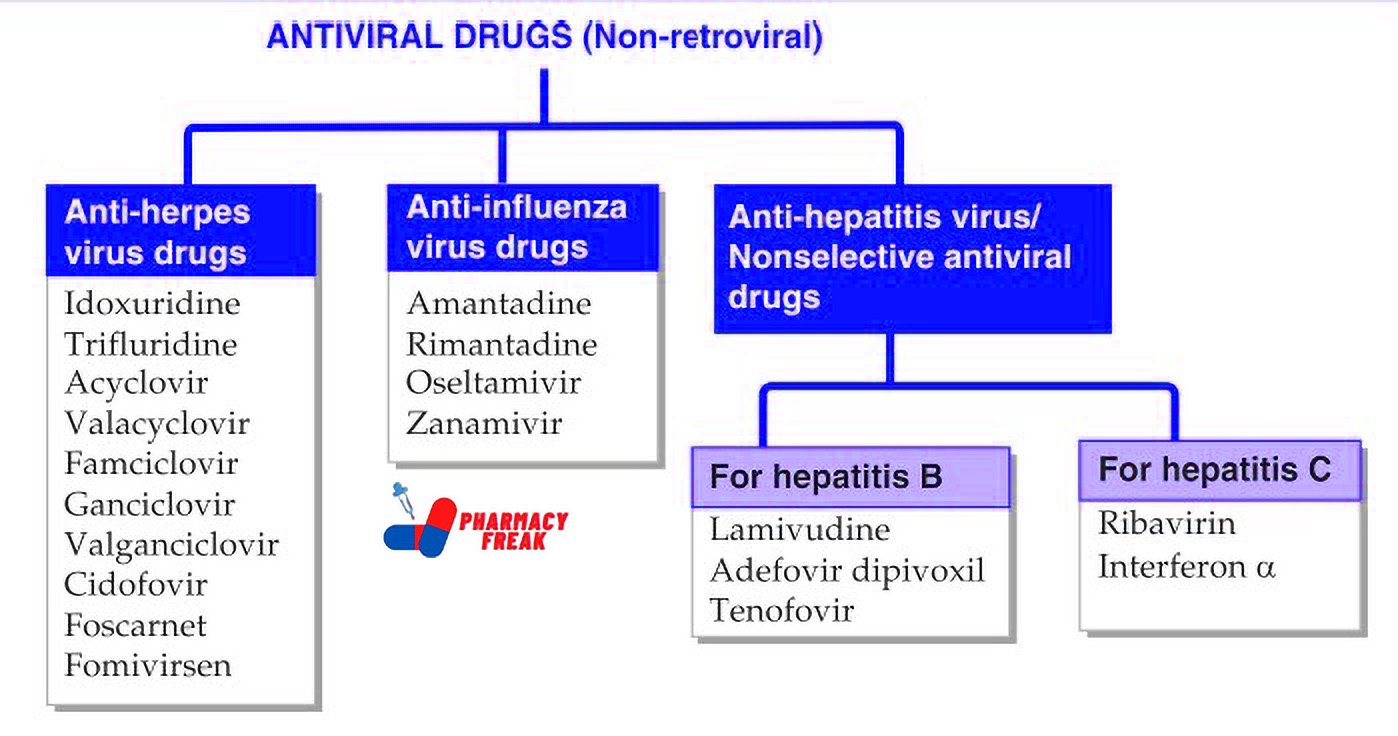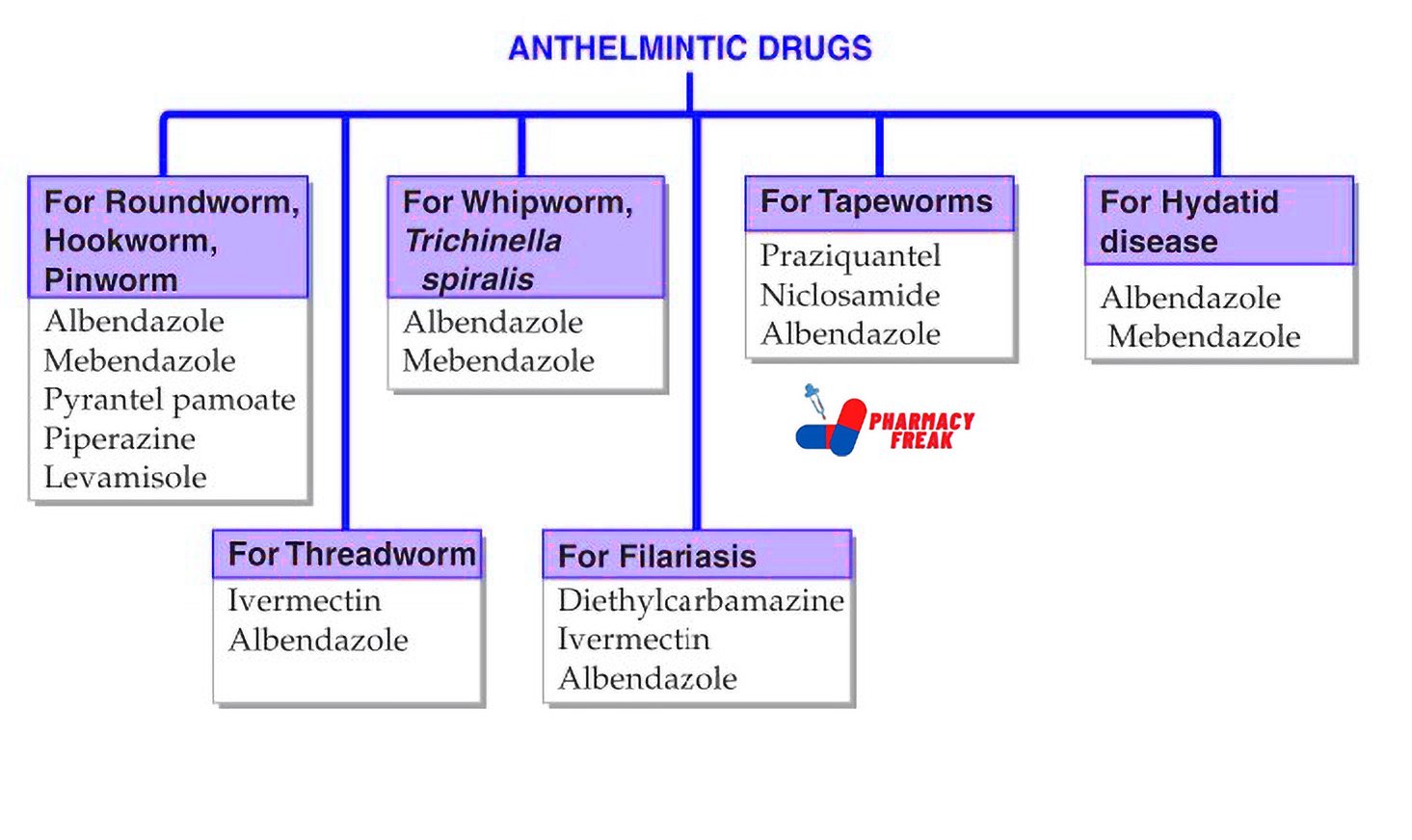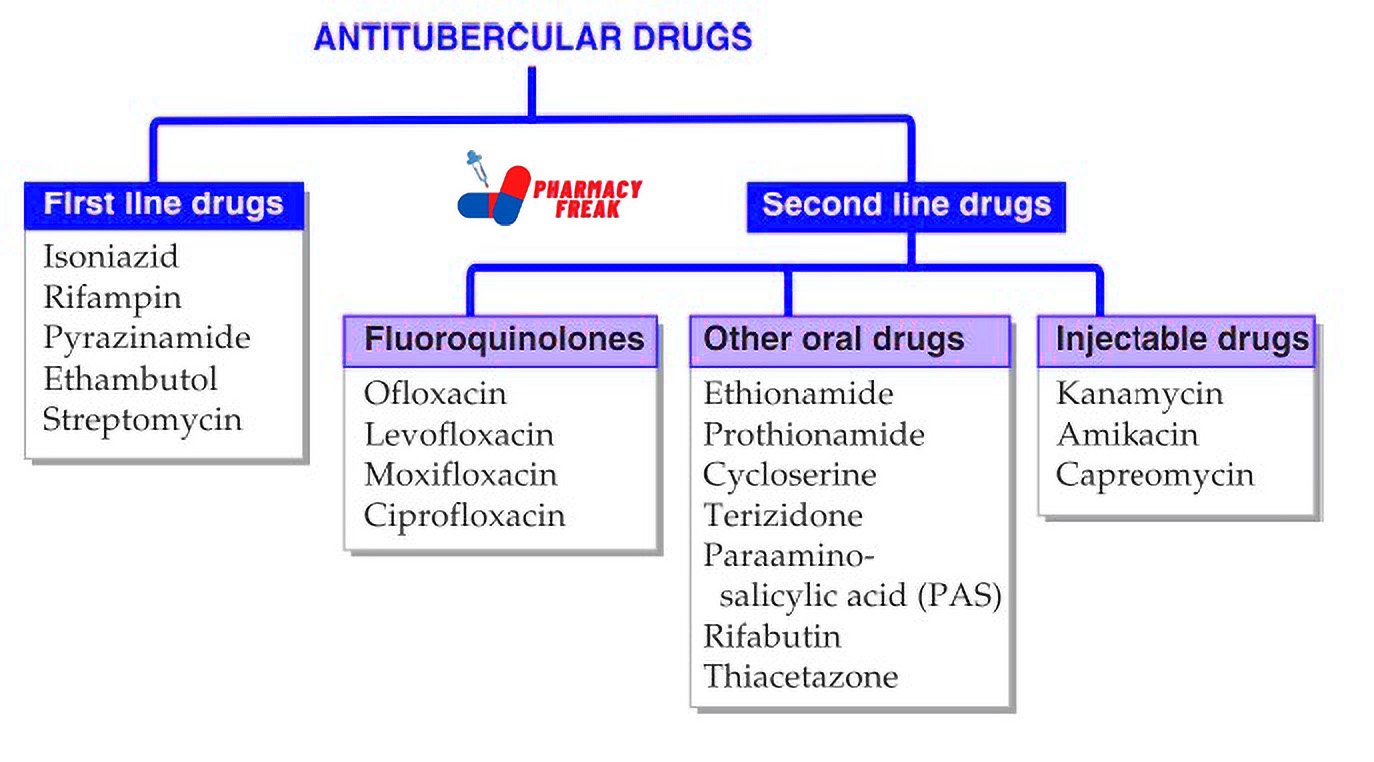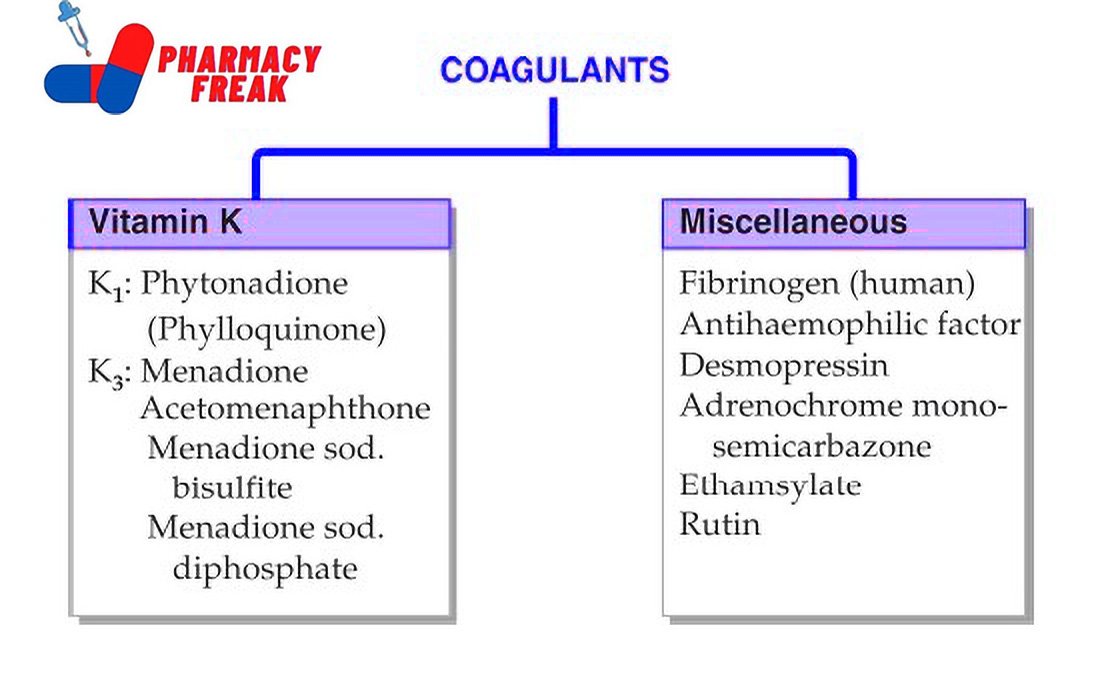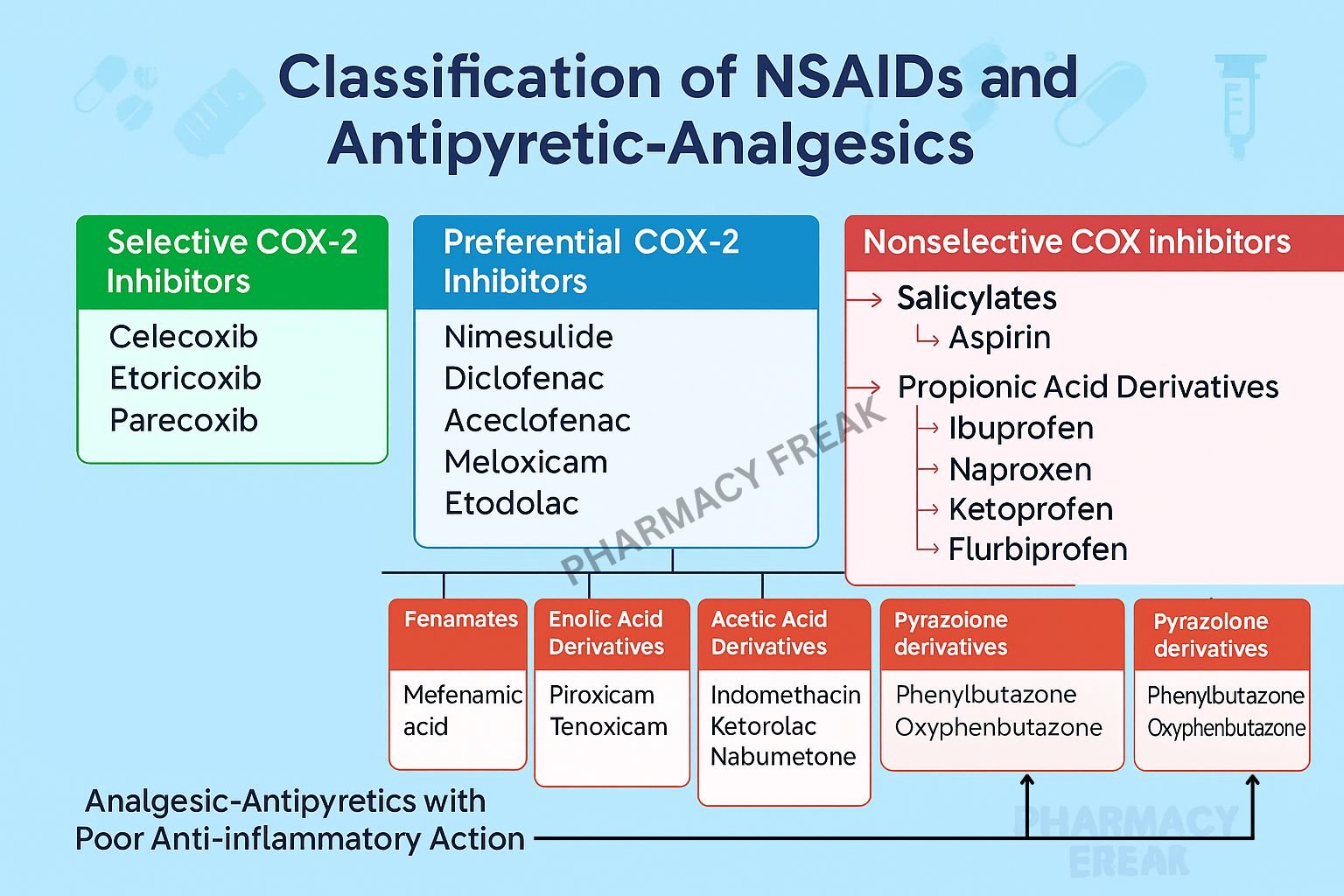
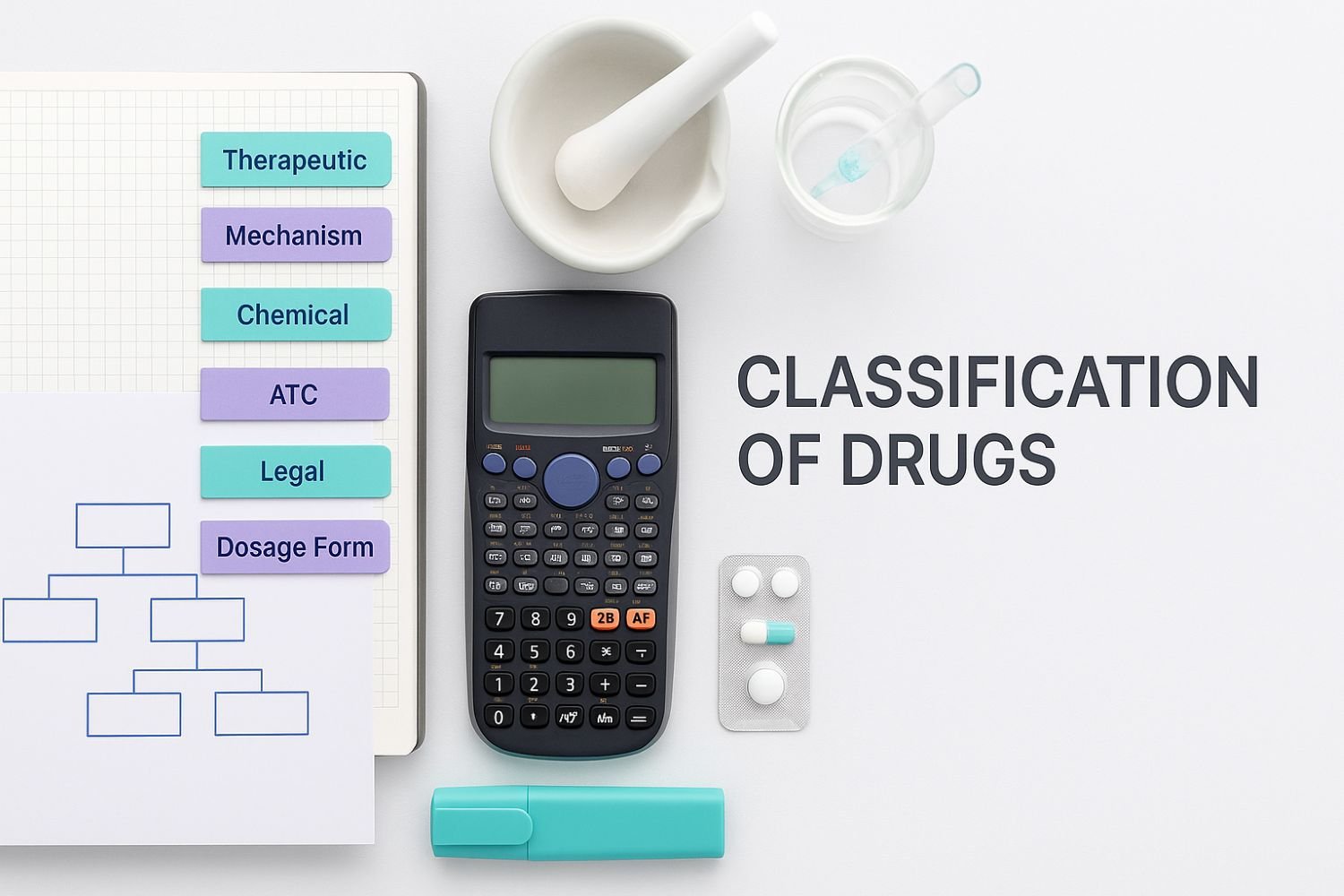
Drug Classifications
Understanding how drugs are classified is a key part of pharmacology. Drug classifications help organize medications based on their properties, effects, and how they are used in therapy. Learning these classes makes it easier for students and professionals to remember drug actions, uses, and side effects.
Why Do We Classify Drugs?
Drug classification systems make it easier to:
Study and remember groups of drugs with similar actions.
Predict side effects and drug interactions.
Guide doctors and pharmacists in choosing the right medicine for a patient.
Ensure safety by tracking drugs with abuse potential.
Main Ways to Classify Drugs
Drugs can be classified in several ways. The most common methods include:
By Therapeutic Use (Pharmacological Effect)
By Mechanism of Action
By Chemical Structure
By Legal Status
By Source or Origin
Let’s look at each method in detail.
1. By Therapeutic Use (Pharmacological Effect)
This is the most common and practical system in clinical medicine and pharmacy. Drugs are grouped by the type of disease or symptom they treat.
Examples:
Analgesics: Relieve pain (e.g., paracetamol, ibuprofen).
Antibiotics: Kill or inhibit bacteria (e.g., amoxicillin, ciprofloxacin).
Antihypertensives: Lower blood pressure (e.g., atenolol, lisinopril).
Antidiabetics: Manage diabetes (e.g., metformin, insulin).
2. By Mechanism of Action
This method groups drugs based on how they work in the body. It’s useful for understanding the science behind drug effects.
Examples:
Beta Blockers: Block beta-adrenergic receptors (e.g., propranolol, metoprolol).
ACE Inhibitors: Inhibit angiotensin-converting enzyme (e.g., enalapril, ramipril).
Calcium Channel Blockers: Block calcium channels in the heart and vessels (e.g., amlodipine, verapamil).
3. By Chemical Structure
Drugs with similar chemical structures often share actions and side effects. This classification is useful in drug development and research.
Examples:
Penicillins: Beta-lactam antibiotics (e.g., penicillin G, amoxicillin).
Benzodiazepines: Sedative-hypnotics (e.g., diazepam, lorazepam).
Sulfonamides: Antibiotics with a sulfa group (e.g., sulfamethoxazole).
4. By Legal Status
Drugs can be classified based on how they are regulated.
Examples:
Prescription Drugs: Only available with a doctor’s order (e.g., antibiotics, antidepressants).
Over-the-Counter (OTC) Drugs: Can be bought without a prescription (e.g., paracetamol, antacids).
Controlled Substances: Strictly regulated due to abuse potential (e.g., morphine, amphetamines).
5. By Source or Origin
Some drugs are classified by their origin—natural, semi-synthetic, or synthetic.
Examples:
Natural Drugs: Derived from plants, animals, or minerals (e.g., digoxin from plants, insulin from animals).
Semi-synthetic Drugs: Chemically modified natural compounds (e.g., amoxicillin).
Synthetic Drugs: Made entirely in the lab (e.g., paracetamol).
Common Drug Classes and Examples
Here’s a table of important drug classes and typical examples to help you study:
| Drug Class | Examples | Main Use |
|---|---|---|
| Analgesics | Paracetamol, Ibuprofen | Pain relief |
| Antibiotics | Amoxicillin, Ciprofloxacin | Treat infections |
| Antihypertensives | Amlodipine, Atenolol | Lower blood pressure |
| Antidiabetics | Metformin, Insulin | Manage diabetes |
| Antidepressants | Fluoxetine, Sertraline | Treat depression |
| Antipsychotics | Haloperidol, Risperidone | Manage psychosis |
| Antihistamines | Cetirizine, Diphenhydramine | Relieve allergy symptoms |
| Antivirals | Oseltamivir, Acyclovir | Treat viral infections |
| Diuretics | Furosemide, Hydrochlorothiazide | Remove excess fluid |
| Sedatives/Hypnotics | Diazepam, Zolpidem | Reduce anxiety/aid sleep |
Special Drug Classes
1. Orphan Drugs
Drugs developed for rare diseases (orphan diseases) that affect small populations.
2. Biologics
Drugs made from living cells, such as monoclonal antibodies or vaccines.
3. Prodrugs
Drugs given in inactive form, which become active after metabolism in the body (e.g., codeine).
Key Points for Pharmacy Students
Learn both the generic names and classifications for each drug.
Knowing a drug’s class helps predict its mechanism of action, side effects, and uses.
Many drugs belong to more than one class—context matters!
Stay updated, as new drug classes appear with scientific advances.
Conclusion
Drug classification is a practical tool for learning and practice in pharmacy. It provides a framework for organizing and understanding a wide variety of medications. Mastering drug classes makes it easier to understand therapy choices, predict drug interactions, and succeed in exams.

